Hotel Review: The first ever MUJI Hotel in Shenzhen, Guangdong, China
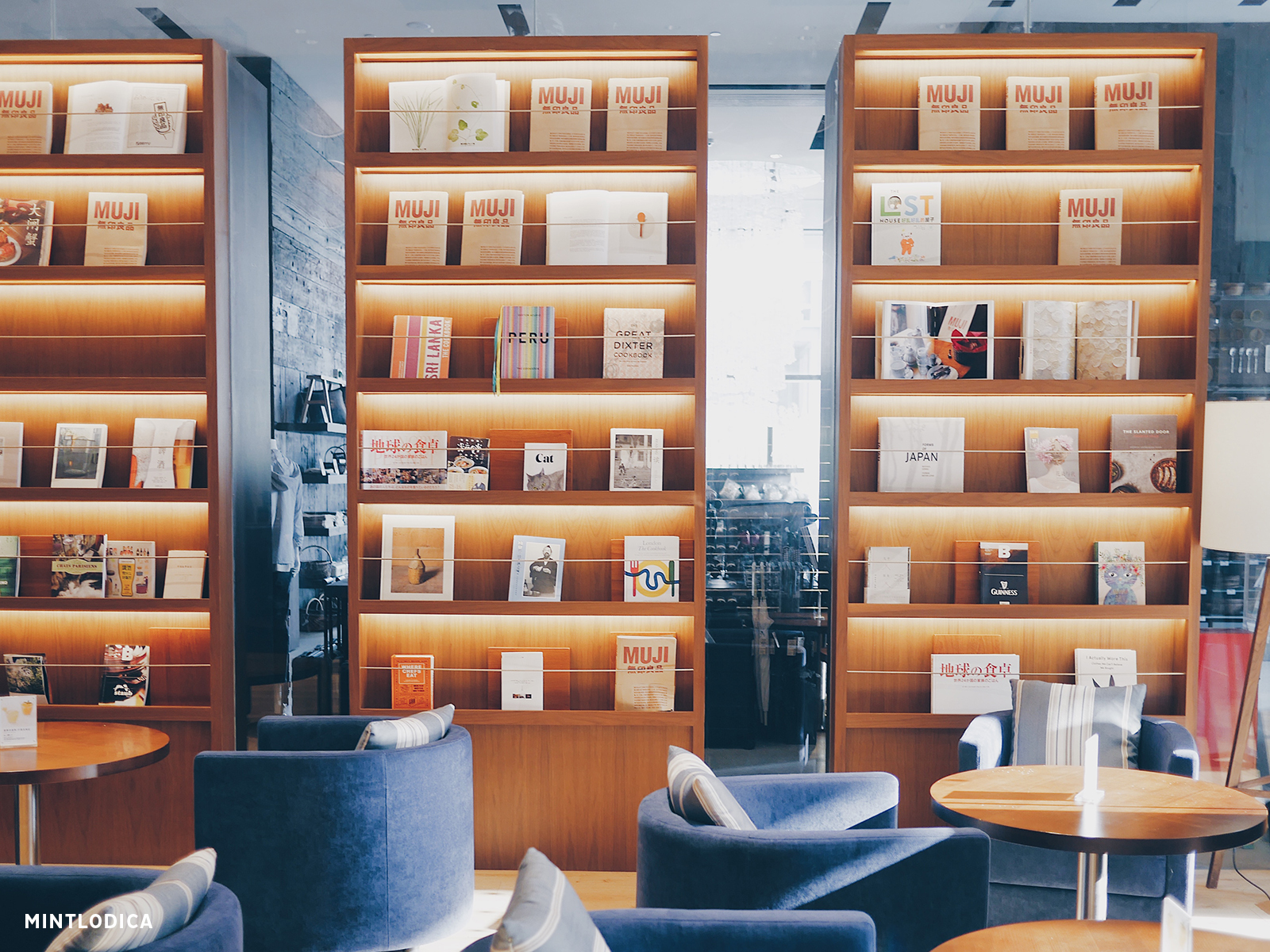
The MUJI Hotel provides a ‘just enough’ stay in Shenzhen, the most cyberpunk city of China. MUJI’s minimalism is a true contrast to the city’s modern copy and paste development.
Checking In
Finding the hotel was not a straightforward task. Beware, at the time of writing, Google Maps has the incorrect location. Additionally, the hotel happens to be inside a mall so you won’t be able to see it from the street. If coming by car, there is a loading curb right in front of the entrance. However, it was easier for drivers to pick up and drop off out on the main street of the mall. Like a lot of new malls in China, only a third of the stores in the mall were open. If you’re coming in from the front doors, go up the escalators to the second floor and then take the hallway to the left and exit. The hotel is right outside the doors, across from a Sony store. You’ll be greeted with relief and the iconic signage.
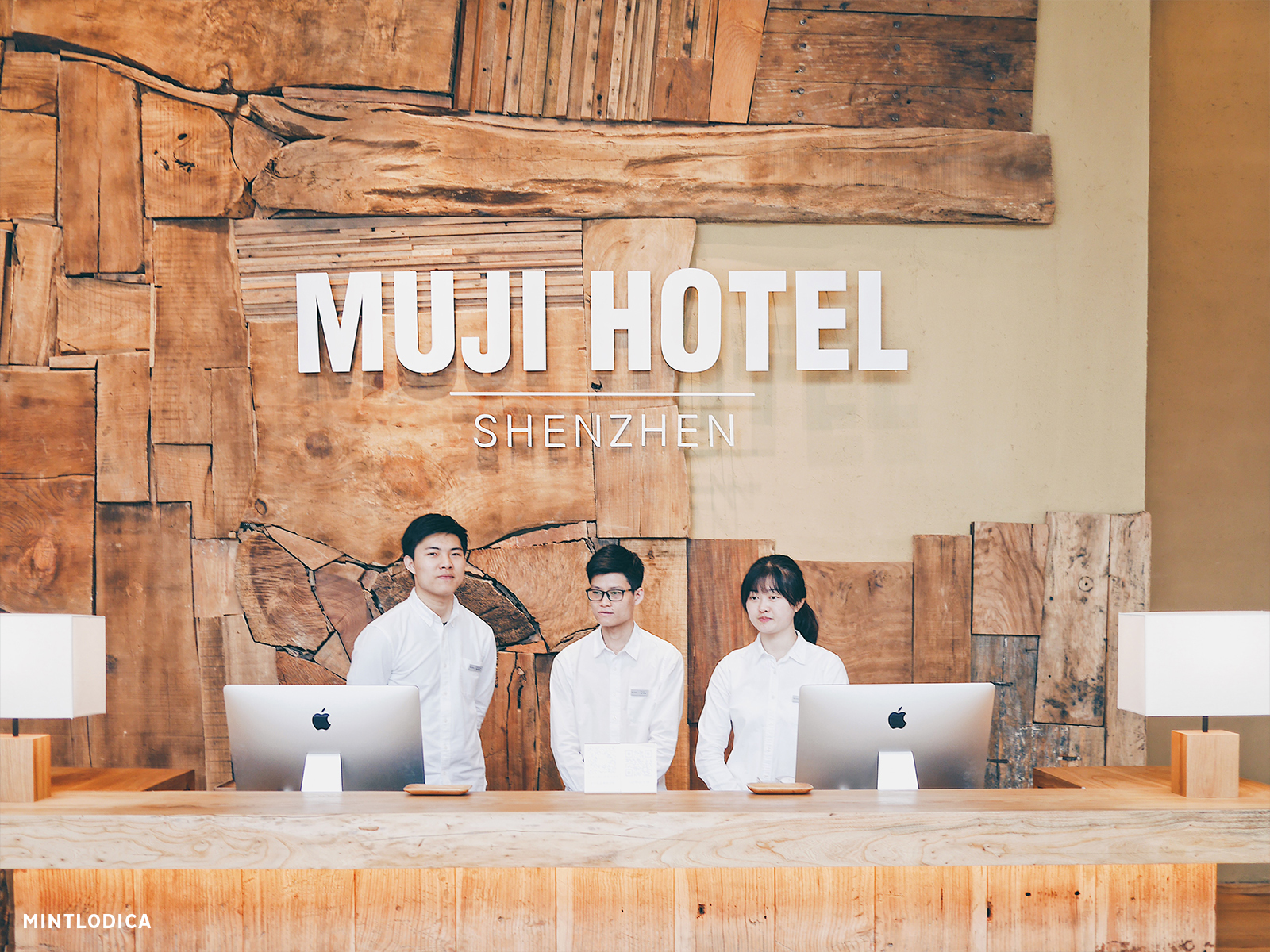
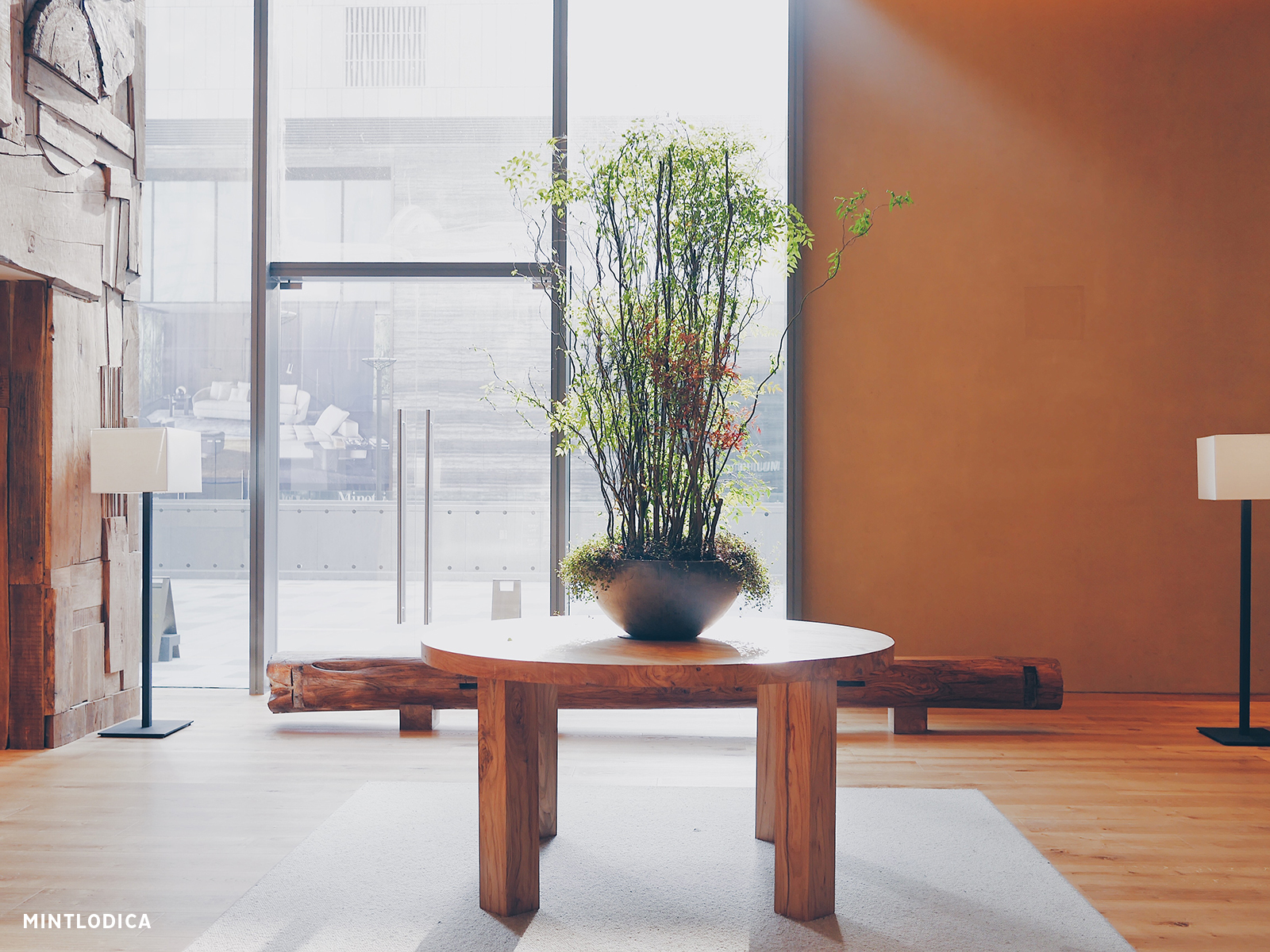
Check in itself was easy. Make sure to bring the credit card you booked with and your passport. The front desk staff speaks both Chinese (Mandarin and Cantonese) and English. They honored my request for a top floor room. The hotel is minimally decorated throughout with only a few indoor plants and floral arrangements.
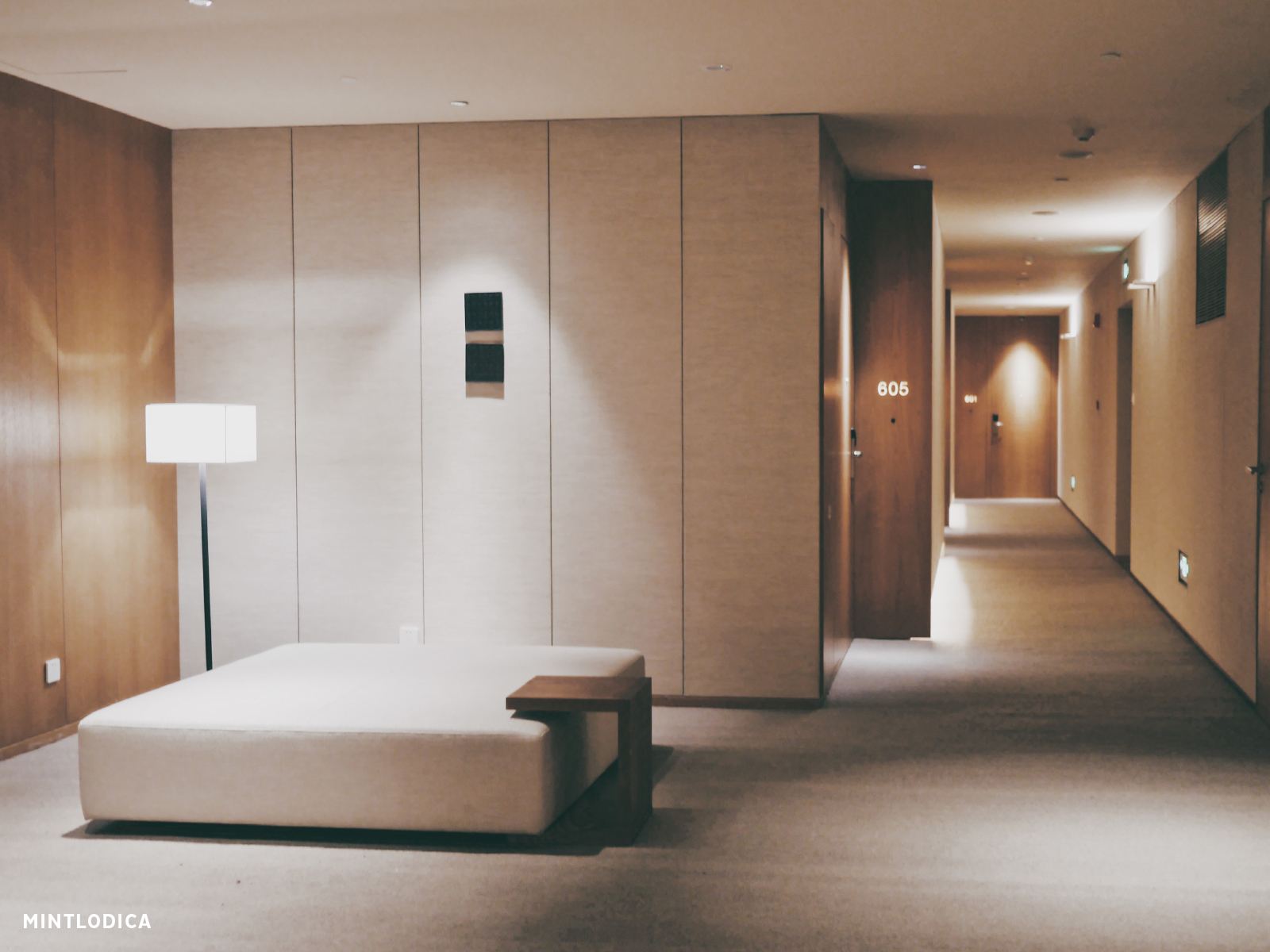
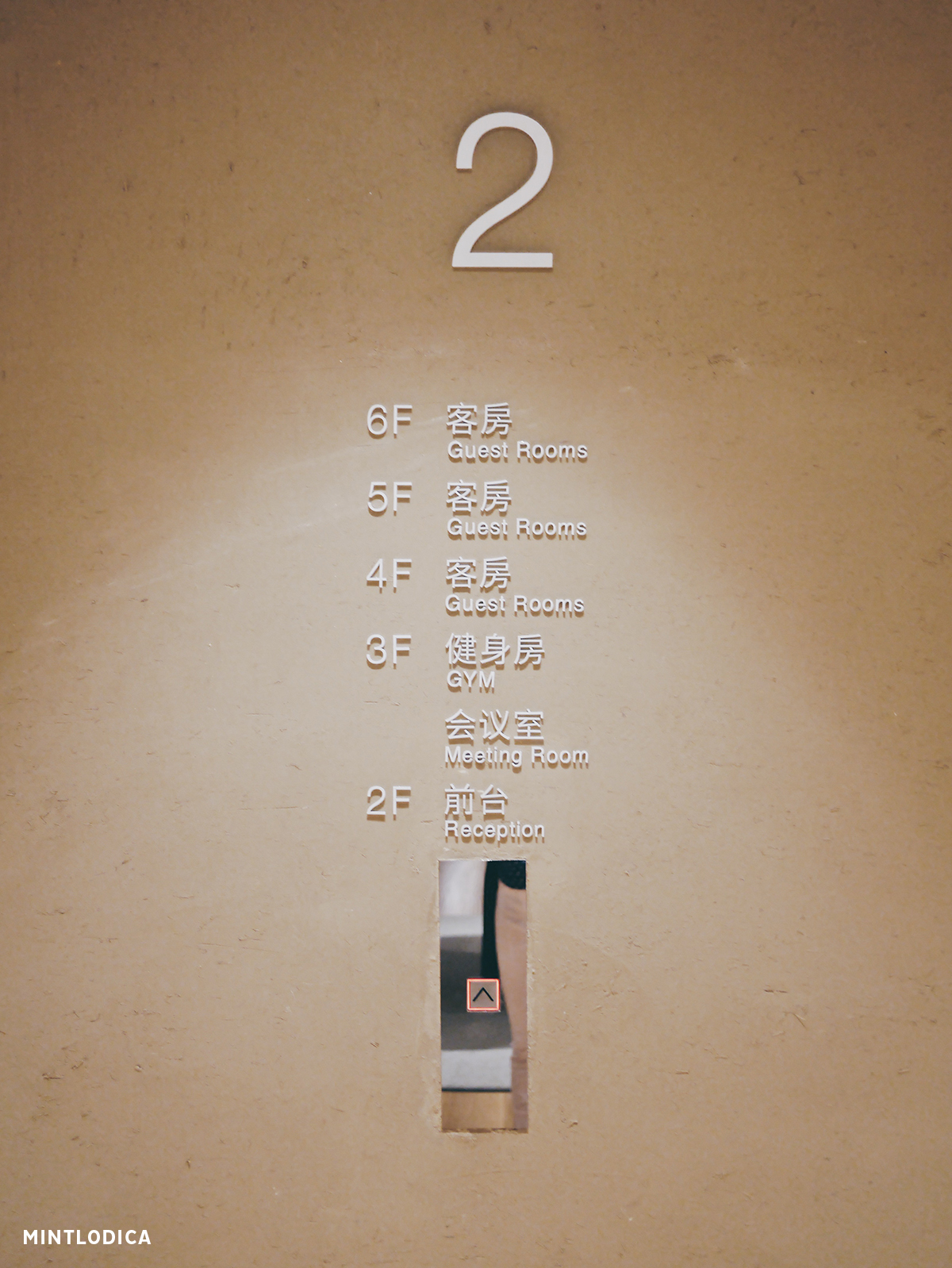
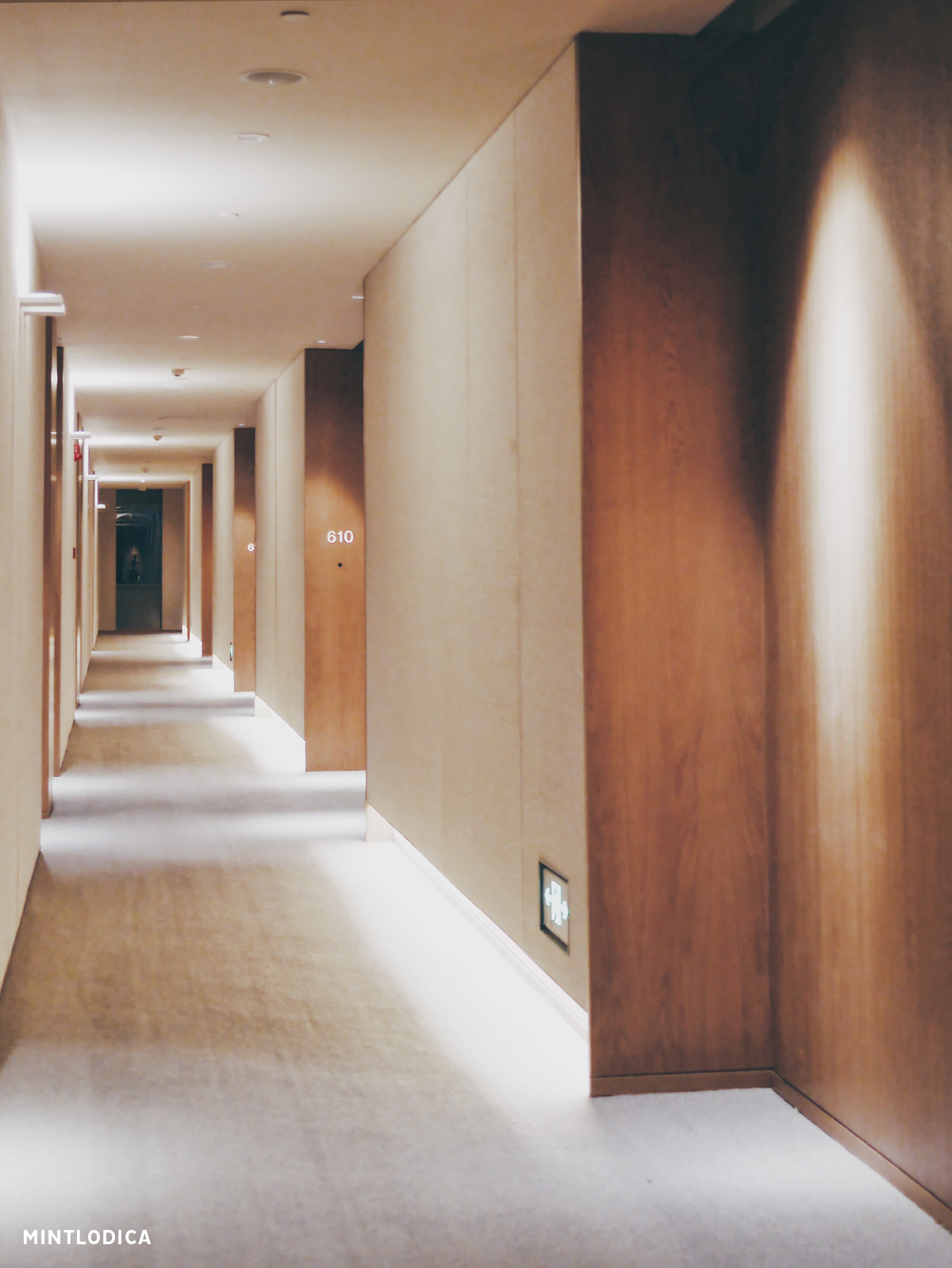
The BGM that plays in all MUJI stores follows you wherever you go. You truly do get the feeling you are staying inside the store. The room numbers shine brightly against the wooden hallways. To unlock your room, tap the key card against the sensor lock.
The Room
I booked the most affordable room since I was staying by myself. There are 5 different room types: A, B, C, D, and E, each increasing in size and amenities. Despite the five levels, the most expensive room tops out at $400 and still follows the 'just enough' ethos. In my Type A room, there was a full length mirror to my right and a closet with a robe, 2 pairs of slippers, a safe, and clothes drying rack to the left of the entrance. Turning the corner from the small hallway, I see the bed and armchair areas and become smitten.
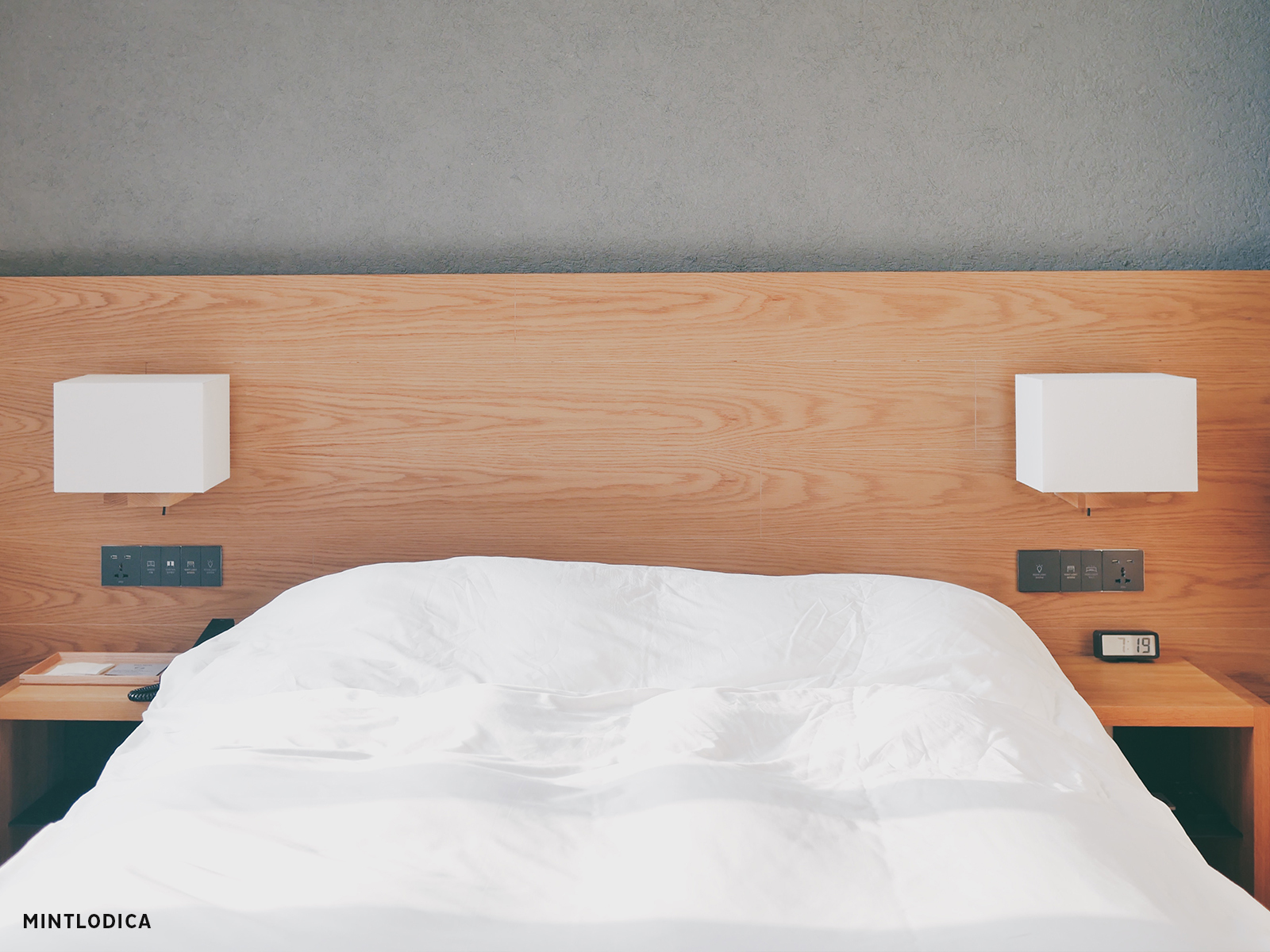
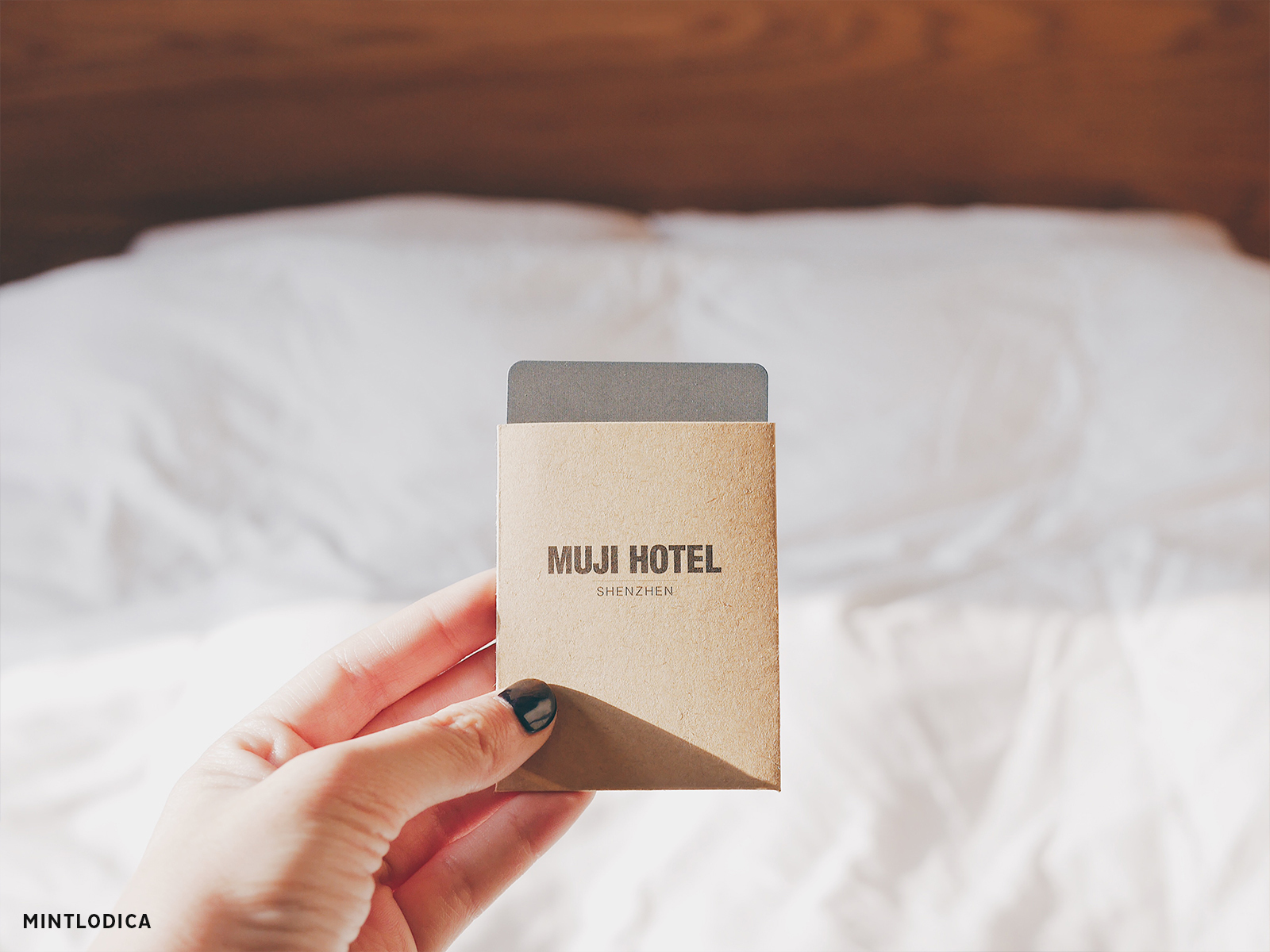
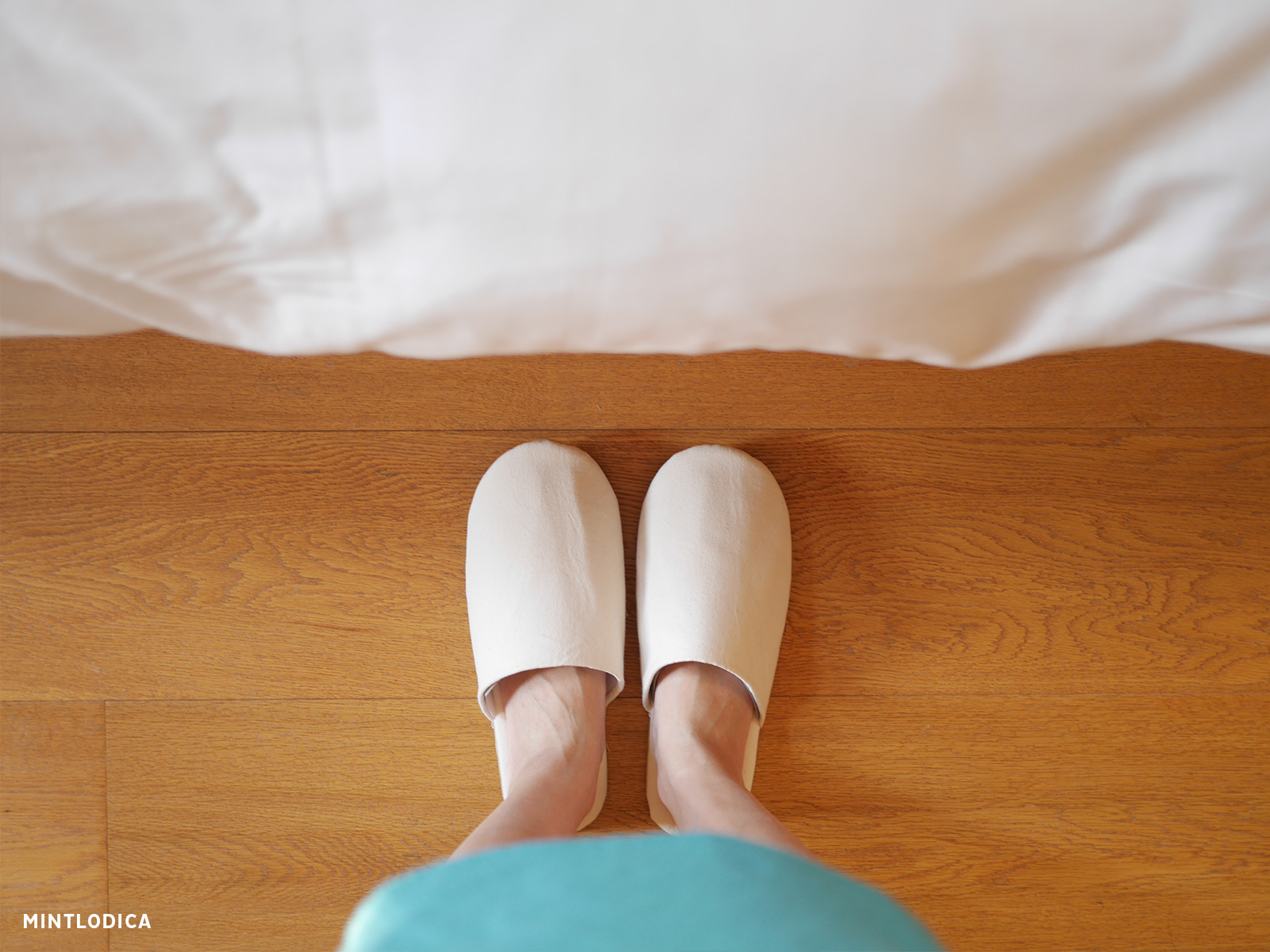
The bed is a platform frame MUJI bed with their wonderfully firm MUJI mattress and attached is nightstand on each side. The perfectly fluffed blanket made it extra inviting to go to bed. Across from the bed, there was also a TV and a desk with a concealed lamp inside the upper shelf.
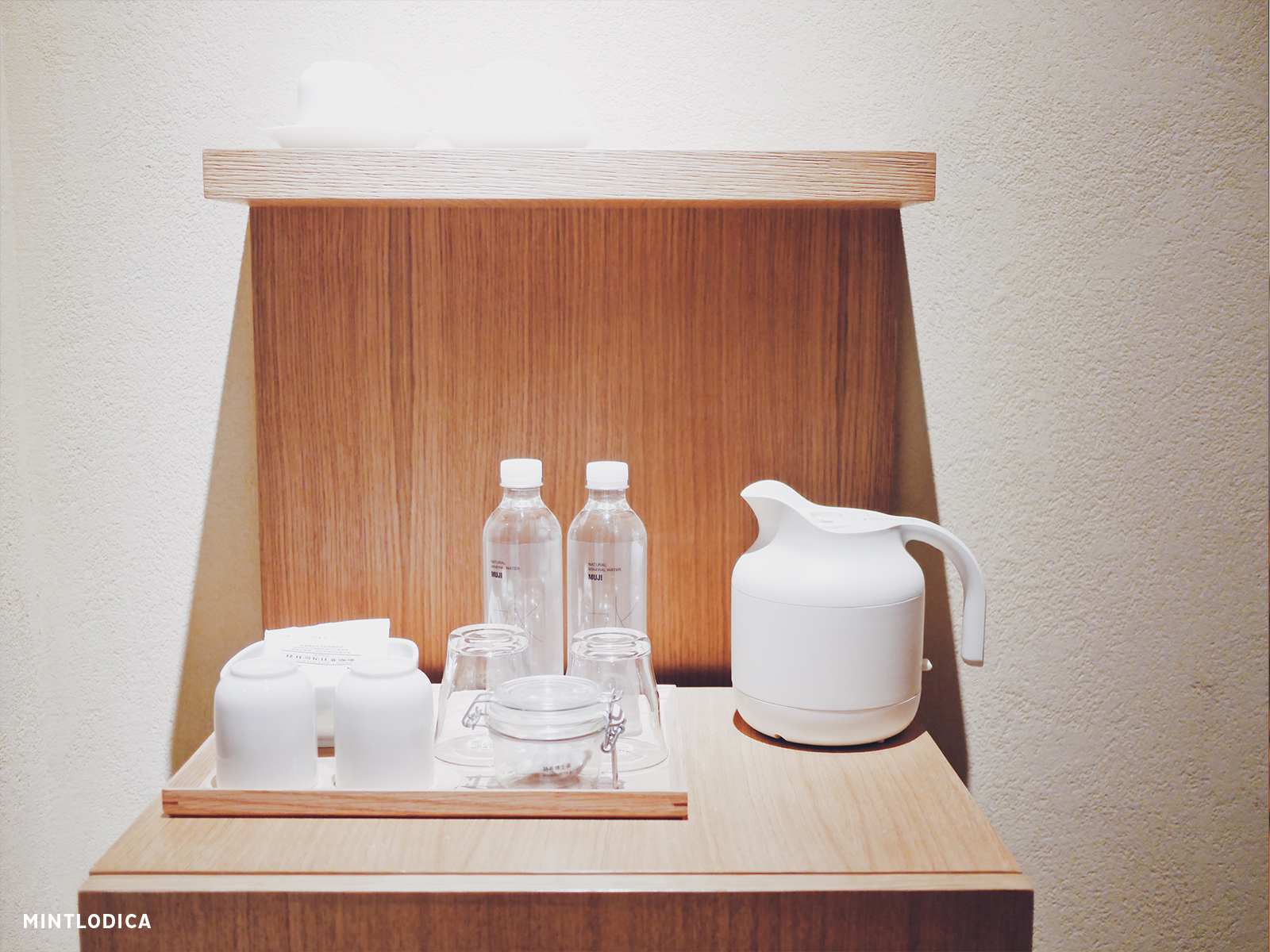
Feast your eyes upon the most MUJI Hotel amenities shelf! Inside the cabinet underneath is an empty mini fridge. On top, for your use is a MUJI water kettle, bone china coffee and tea cups, instant drip coffees (one caffeinated, one not), and rooibos tea. Although I own most of these products in my home, it was such a joy to see them all together and use them all at once.
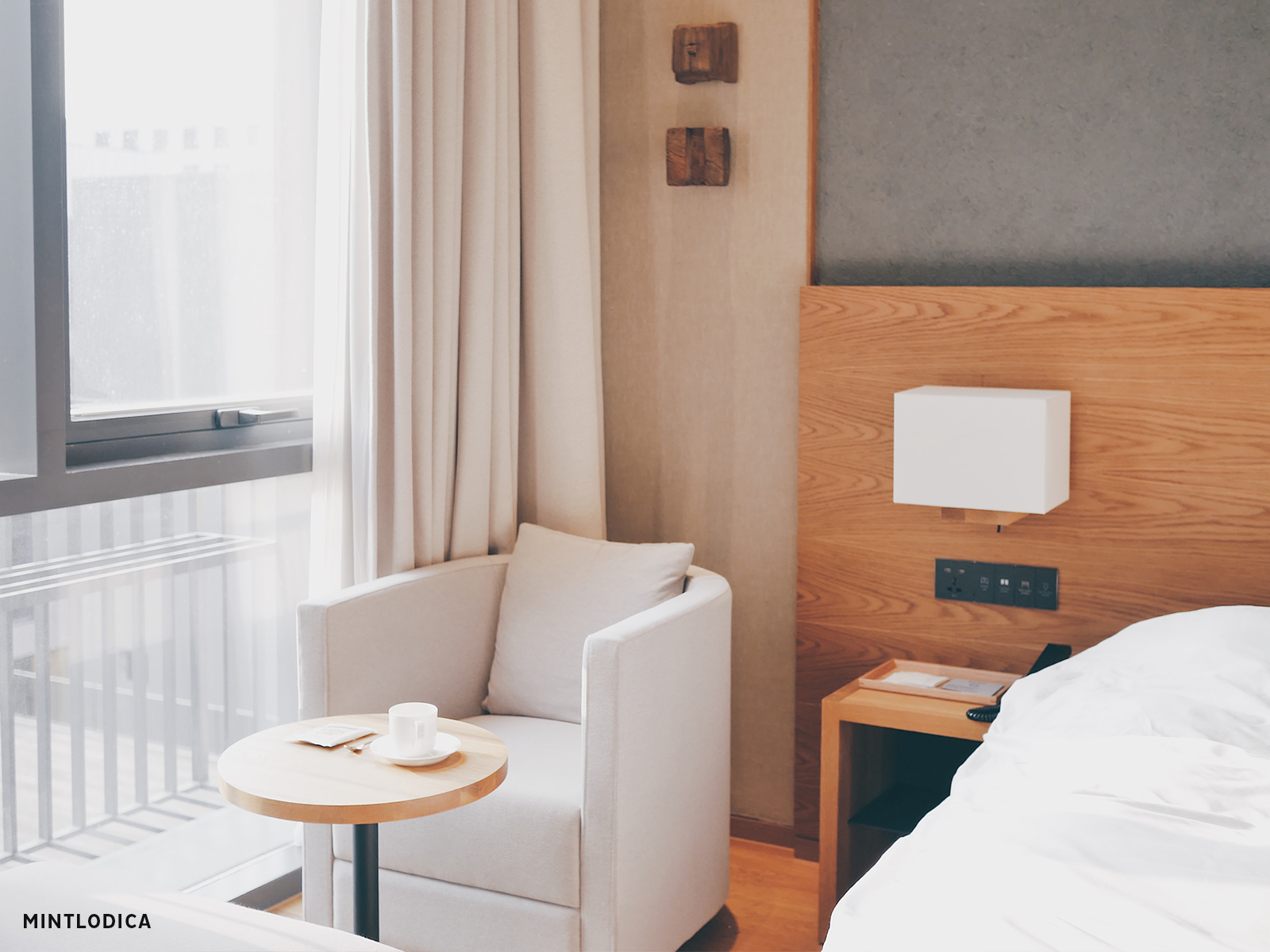
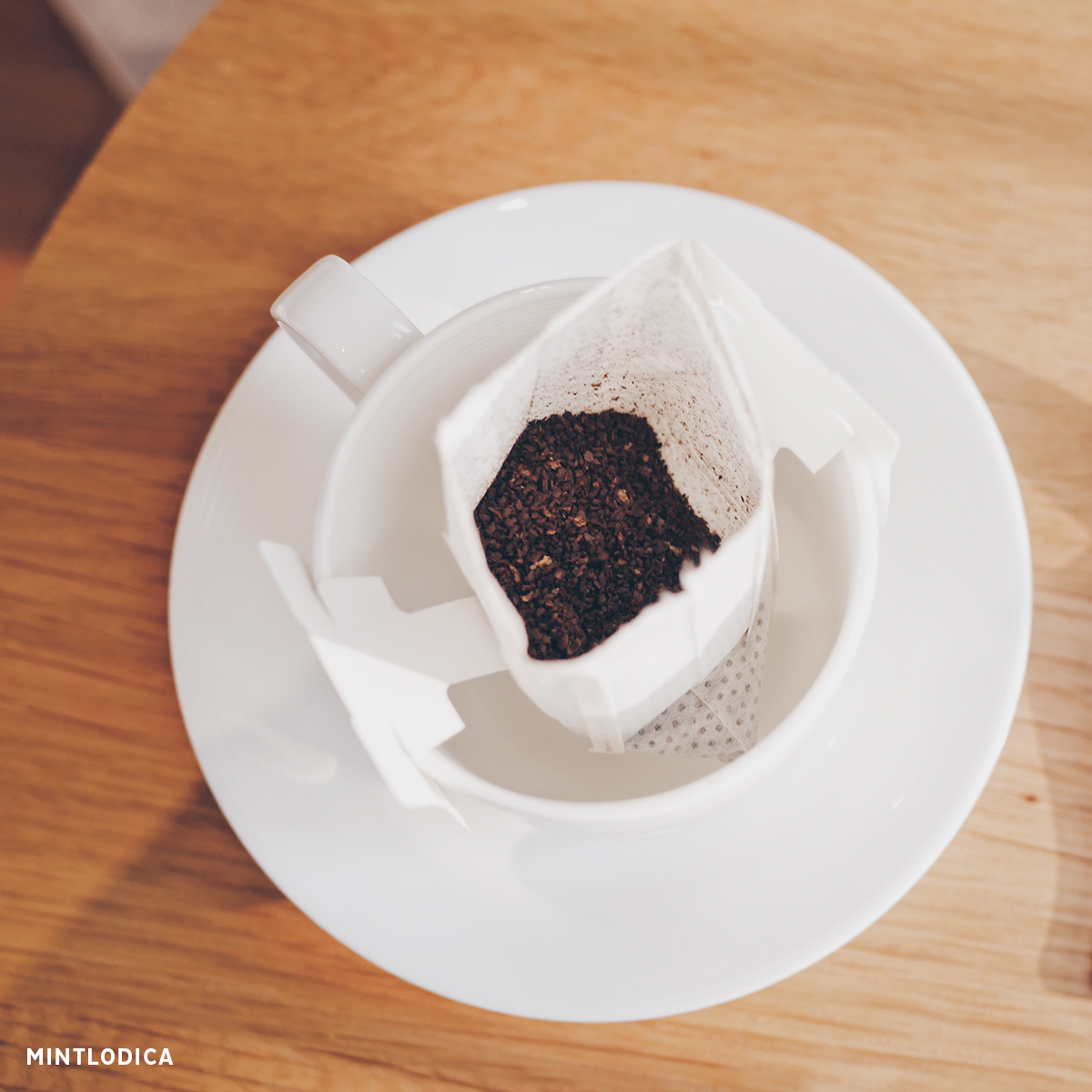
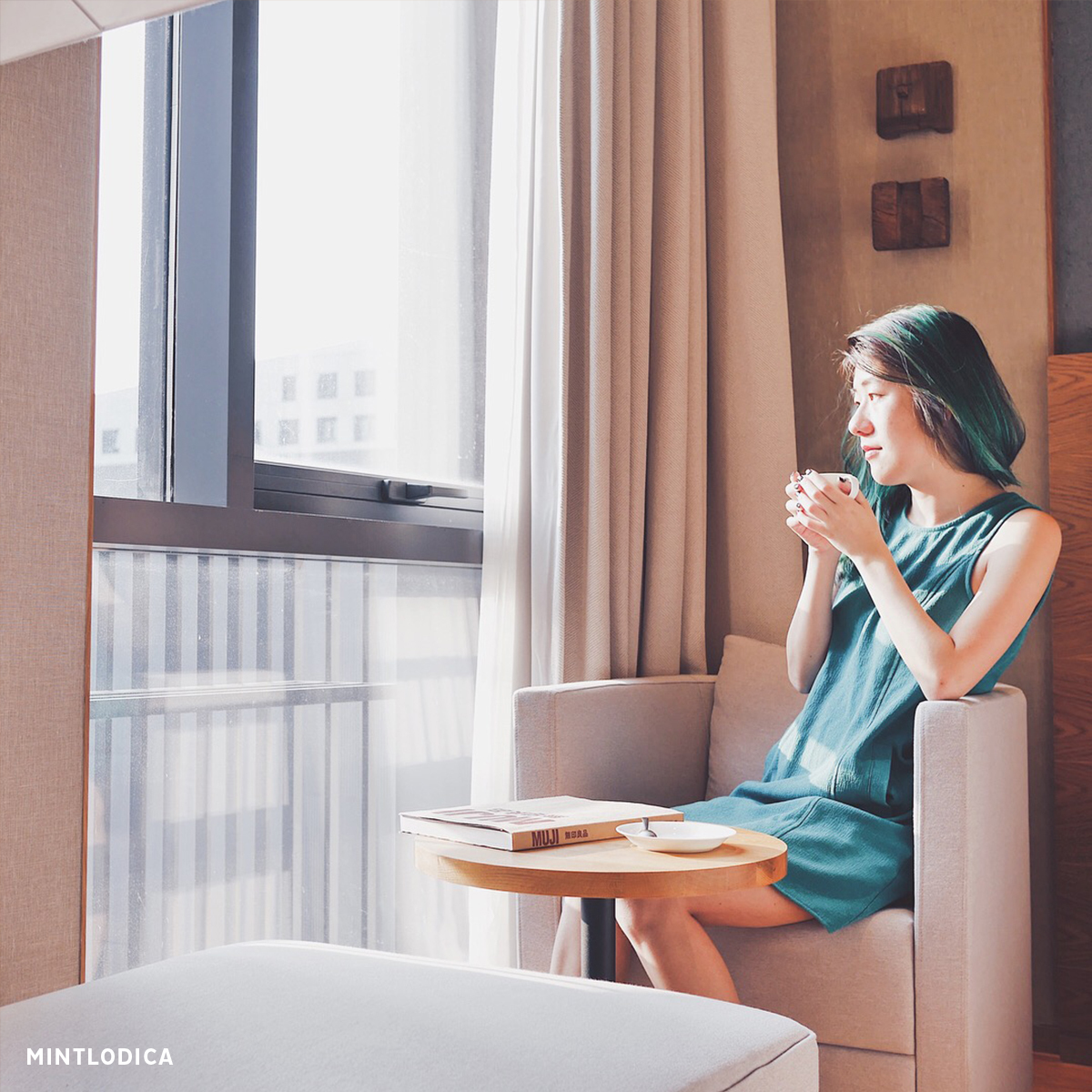
By the window is an armchair, small coffee table, and ottoman. This was my favorite part of the room. I was still jet lagged during my stay, so I woke up early to make a MUJI drip coffee and drank it in the morning light. I usually find hotel armchairs unappealing, but the MUJI armchair and ottoman felt soft yet supportive. Like so, I have now added their modular sofas to my furniture wishlist.
The only piece of art in the room is the minimal wood art above the armchair. Instead of hanging large art pieces, the hotel chooses to prominently feature the materials making up the walls of the room themselves. The materials for the rooms were sourced from traditional Chinese homes. There is finished wood, a mat texture, and grey concrete.
It would’ve been nice if there was a view beyond the room, but alas you are in a mall in a newly developed area, so there is only the concrete rooftop or the street to see.
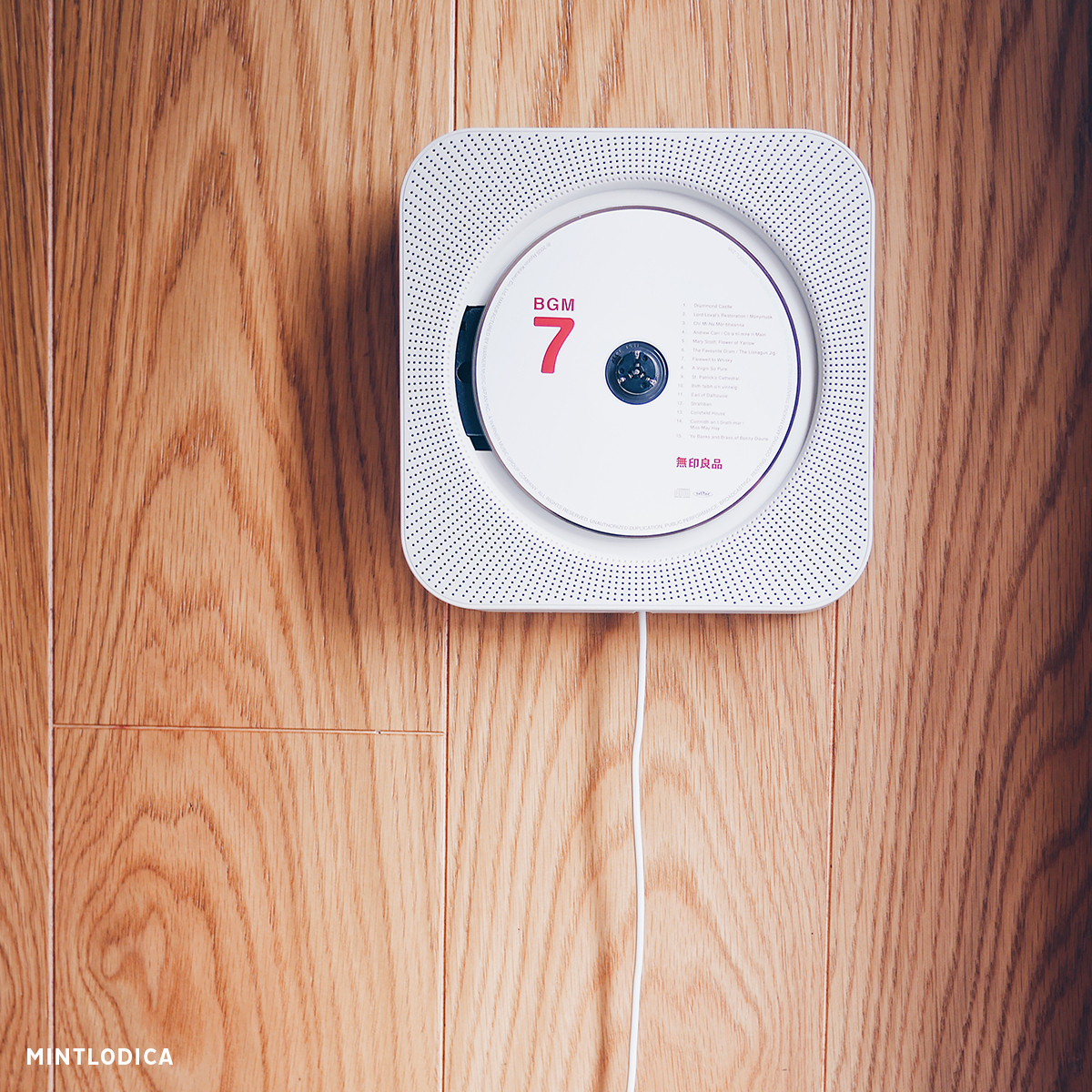
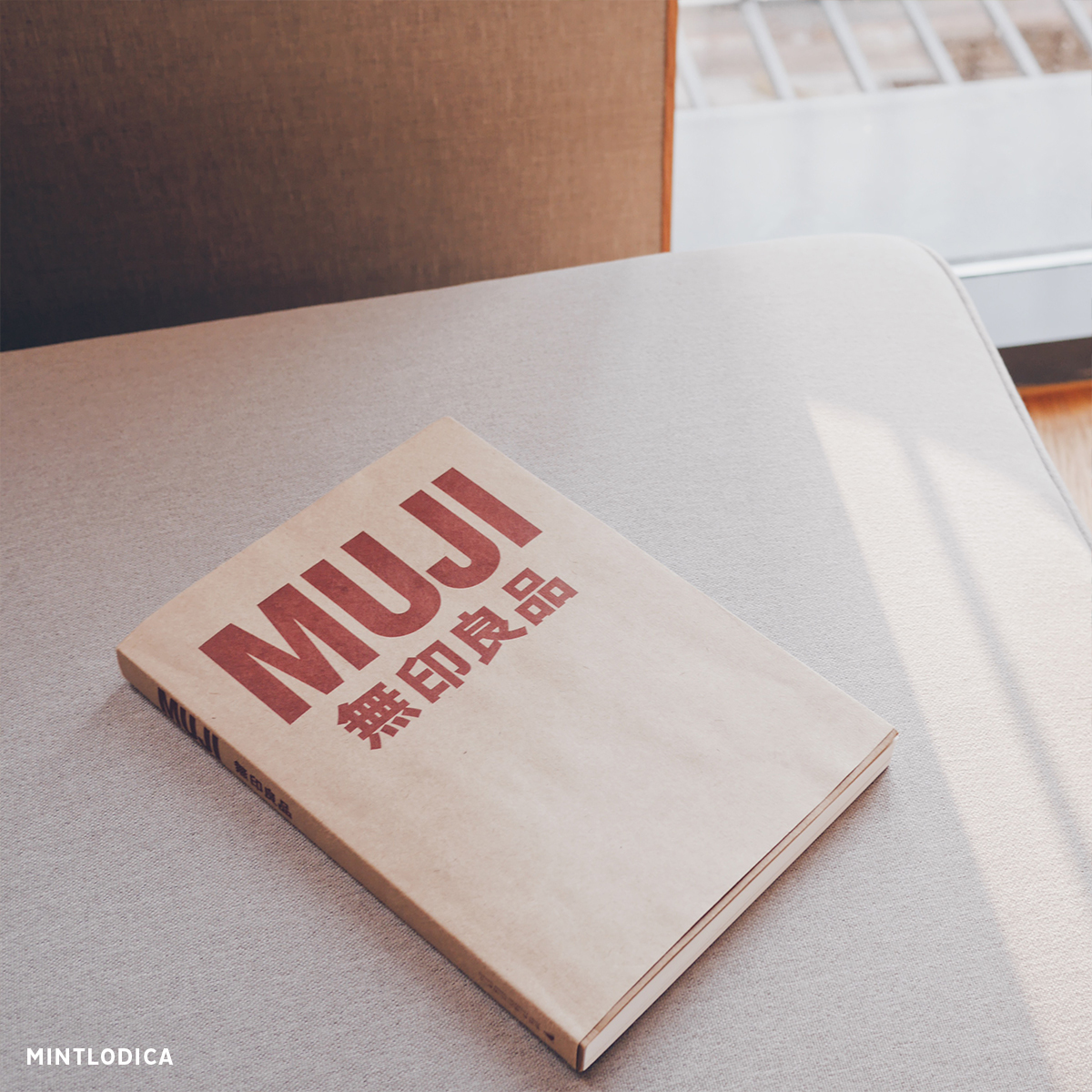
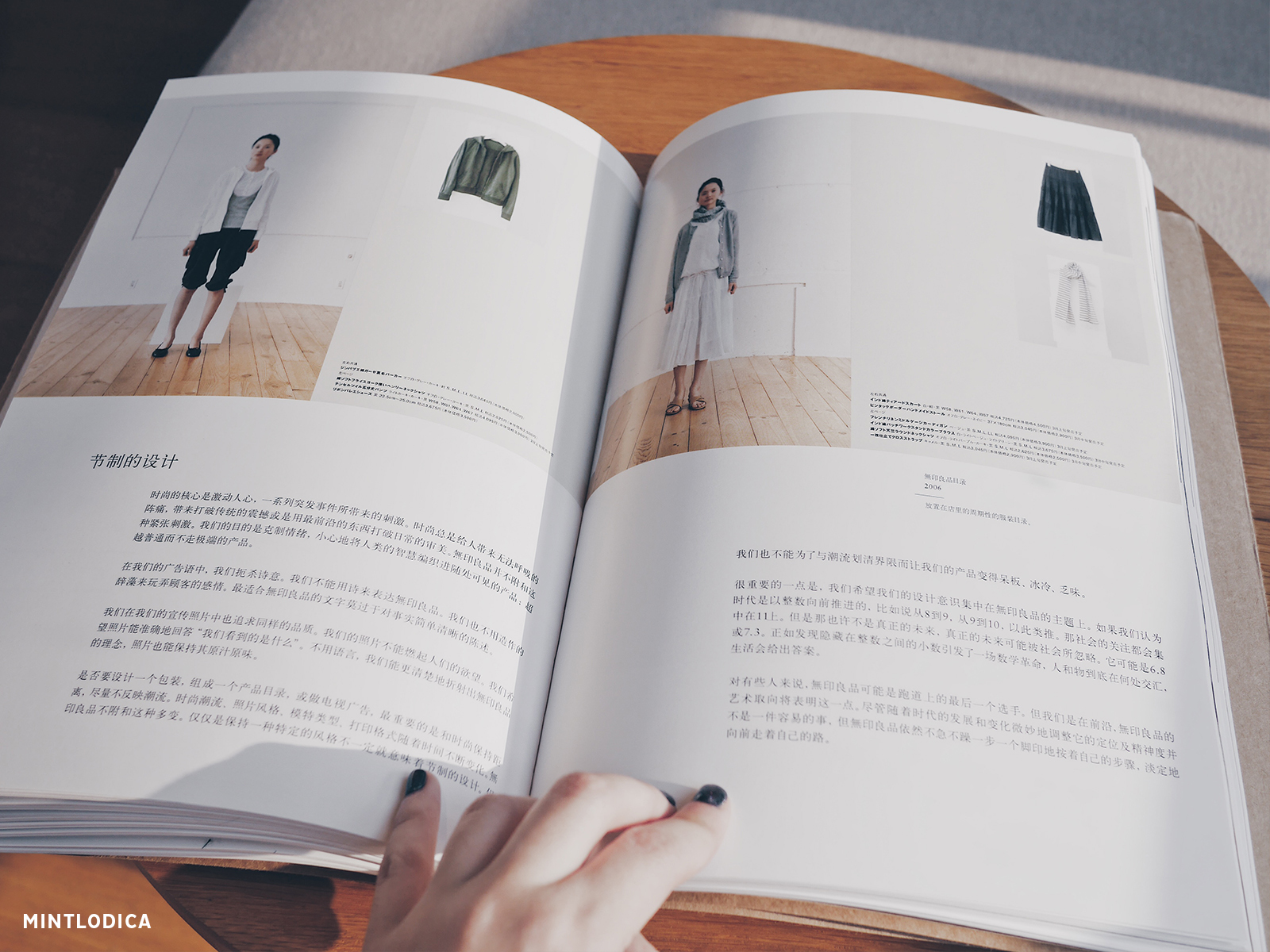
Finally, there is the iconic Naota Fukasawa CD player with BGM loaded up. My room had BGM CD 7, but you can borrow any of their CDs from the front desk. While you listen to MUJI BGM, you can page through the MUJI brand book. There is a copy of it in every room and you can borrow one in English if you want to read it.
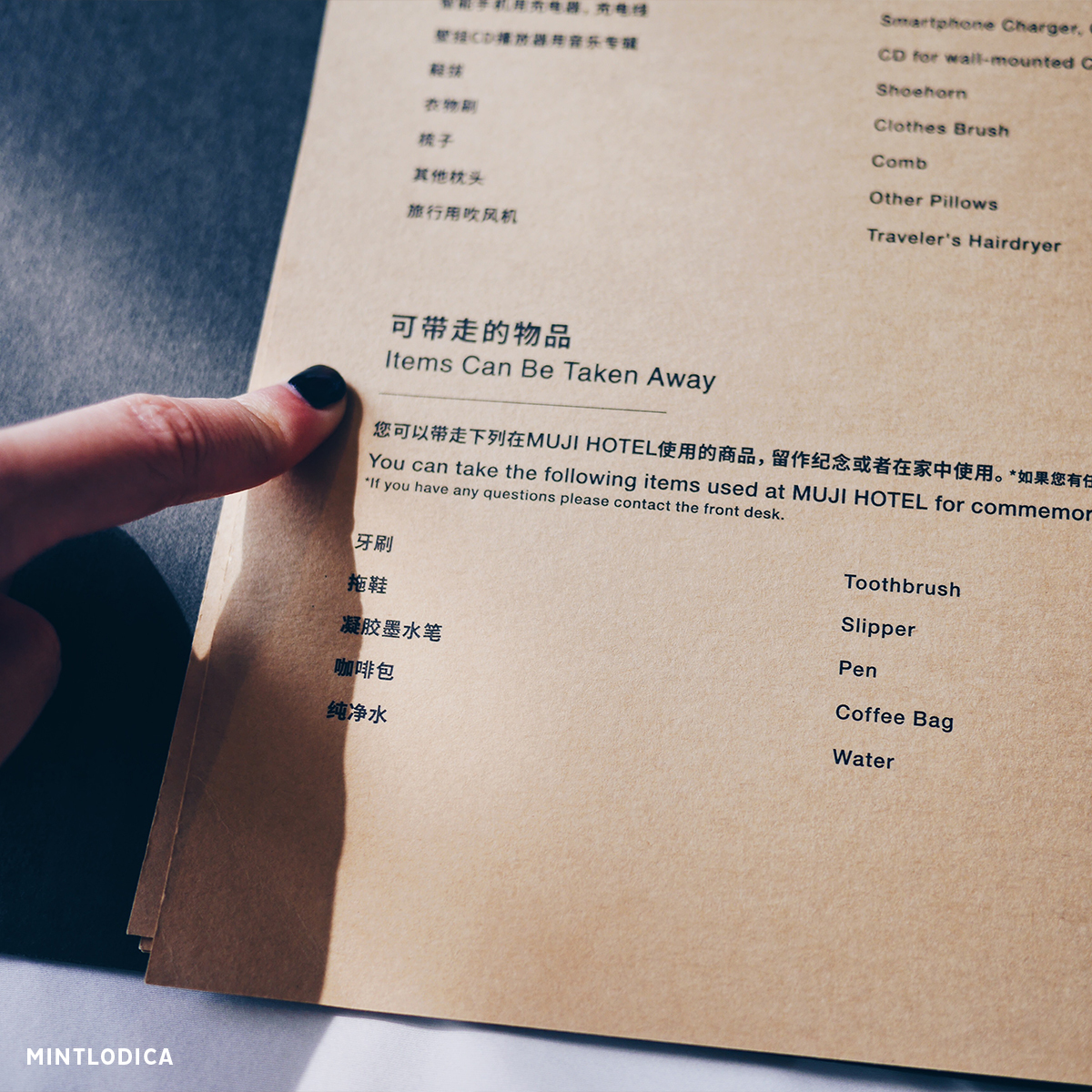
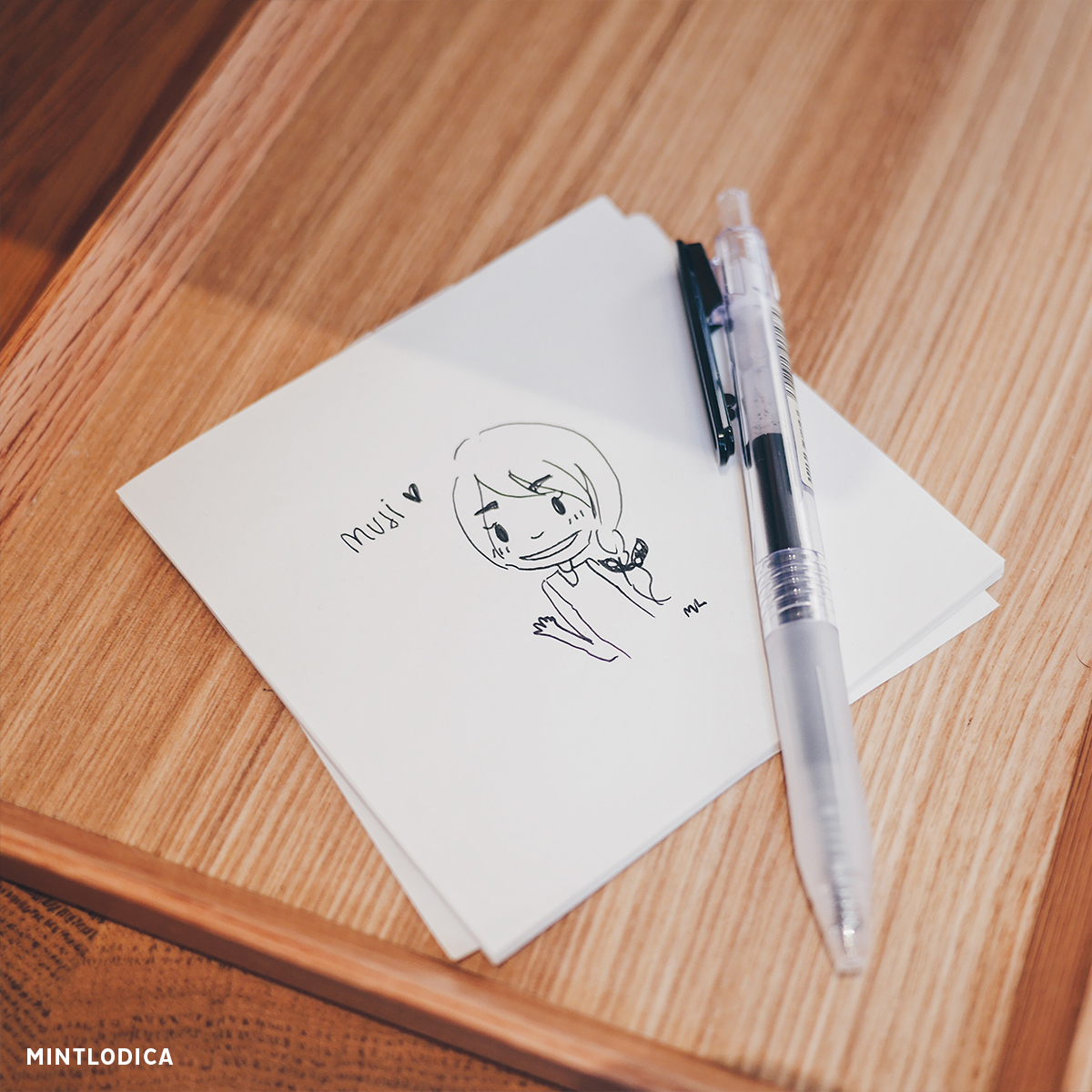
Visiting the hotel is a great way to 'try before you buy' any MUJI products you are curious about. In the hotel guidebook, there is a list of items to you borrow from the front desk including their aroma humidifier. Another list tells you can take as keepsakes from your time at the hotel. These items are: the 2 house slippers, 2 toothbrushes, the bathroom vanity kit, black gel pen, coffees, and the waters.
Bathrooms
The bathroom in my room did not have any windows and was underwhelming. In comparison to the rest of the room, it lacks the same amount of finesse. I was a disappointed to see my bathroom only had a shower stall. I had been on my feet for a good part of four days and was looking forward to a good soak. Upon second look of the website, it’s clear only the higher tier rooms D and E had fuller bathrooms with tubs. It’s listed as a feature of those rooms, but I had assumed all mid-tier hotel rooms had come with a bathtub these days.
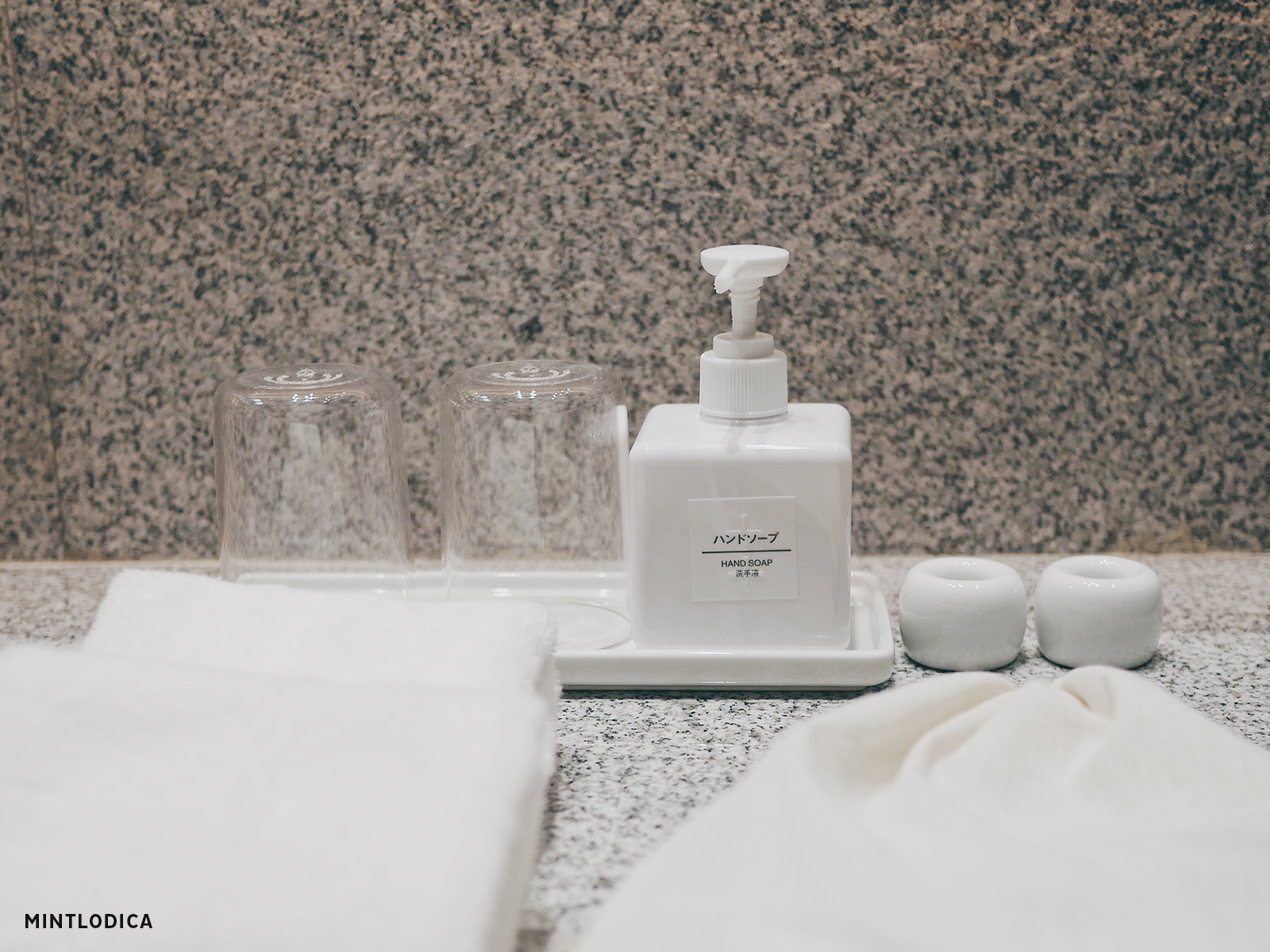
I will say though the Japanese Toto Washlet was nice. The toilet had its own door which would be a great bonus when having to share a room. Inside the vanity kit you can take home is a travel sized toothpaste, make-up pads, q-tips, and 2 shower caps. You won't be able to take little bottles of soap home since the bathrooms are outfitted with big MUJI soap dispensers.
Common Areas
The third floor of the hotel hosts shared amenities.
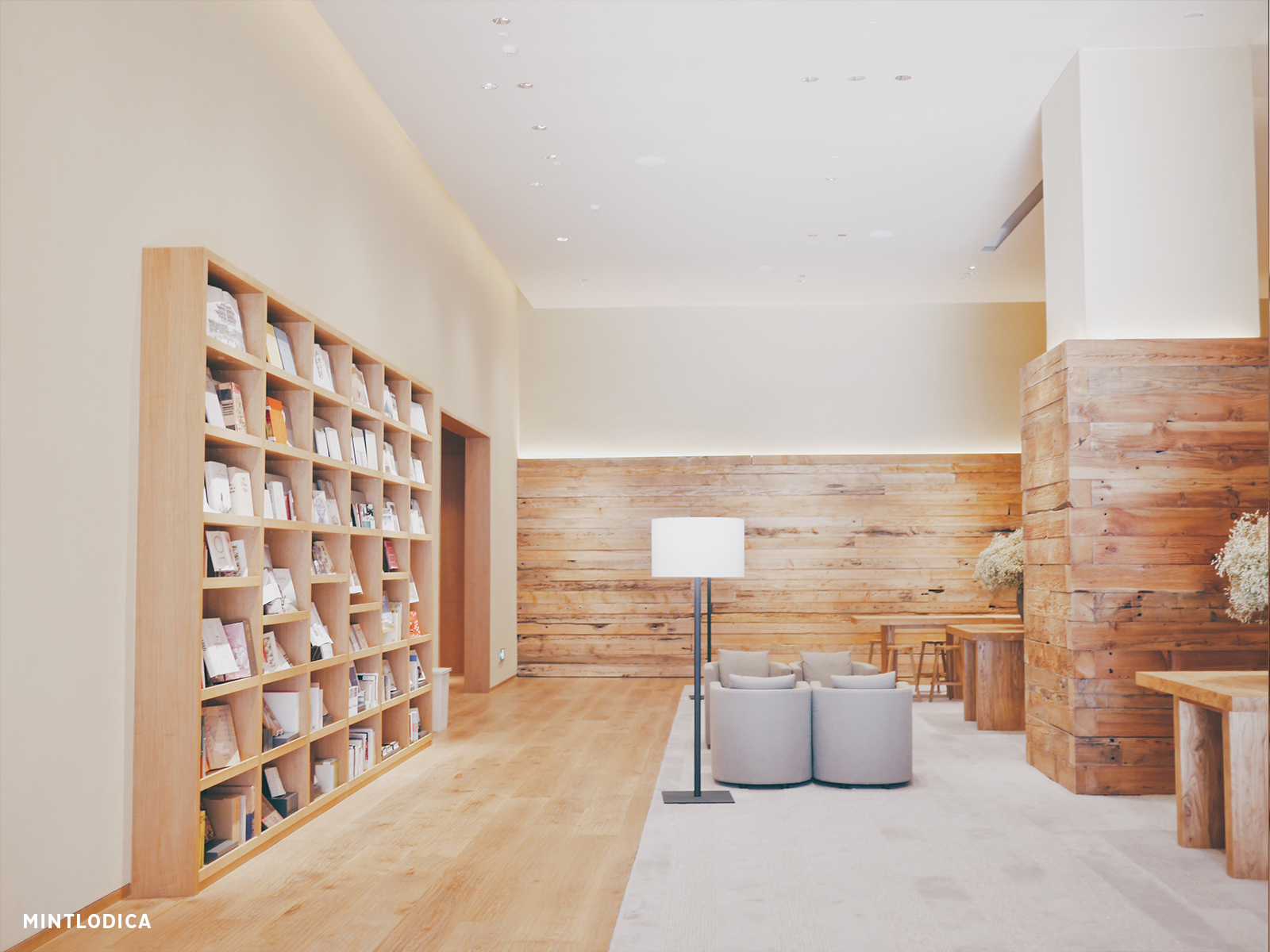
The lobby features a library with design books you can read. There are also 3 meeting rooms you can book at cost on this floor.
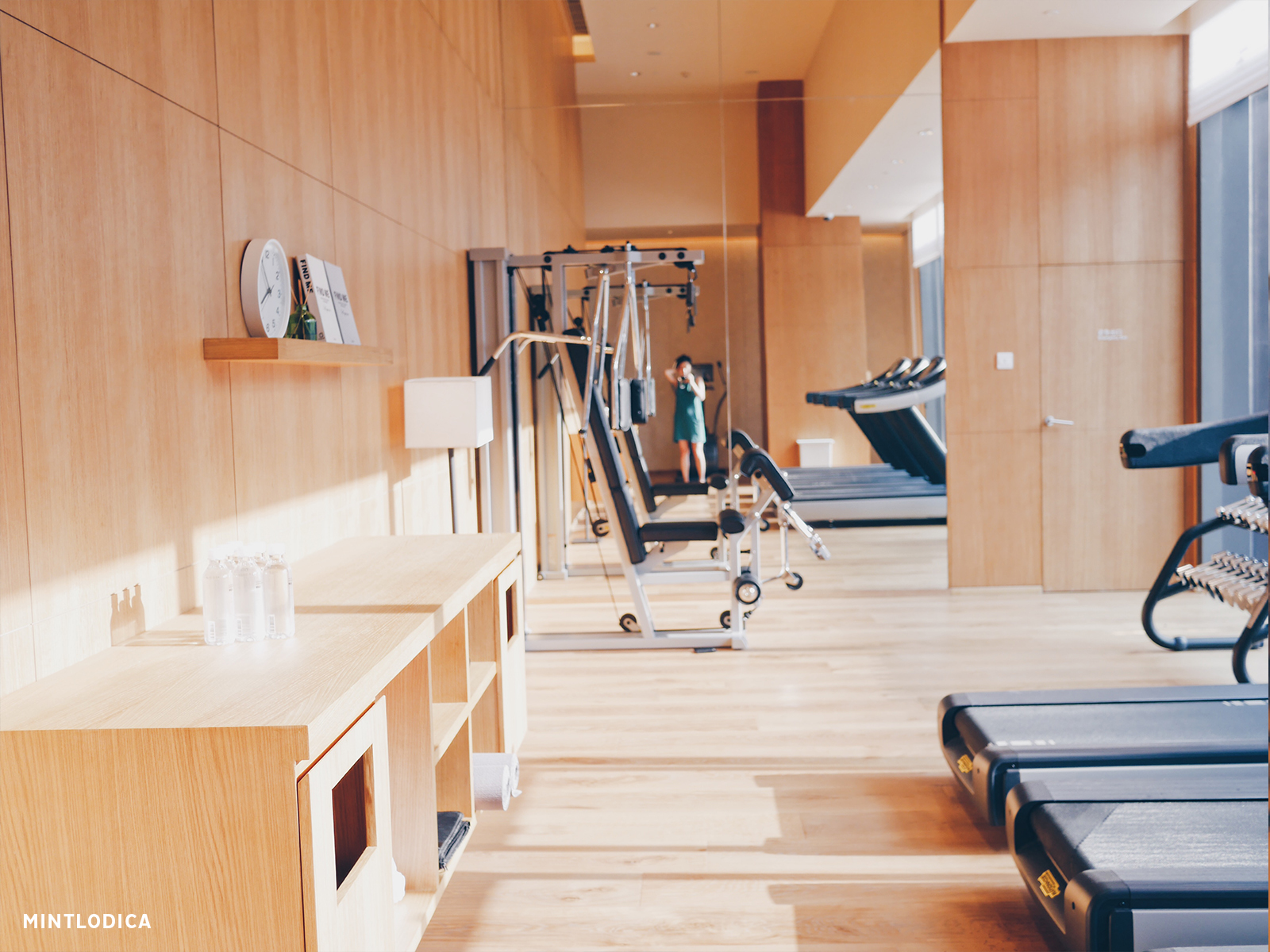
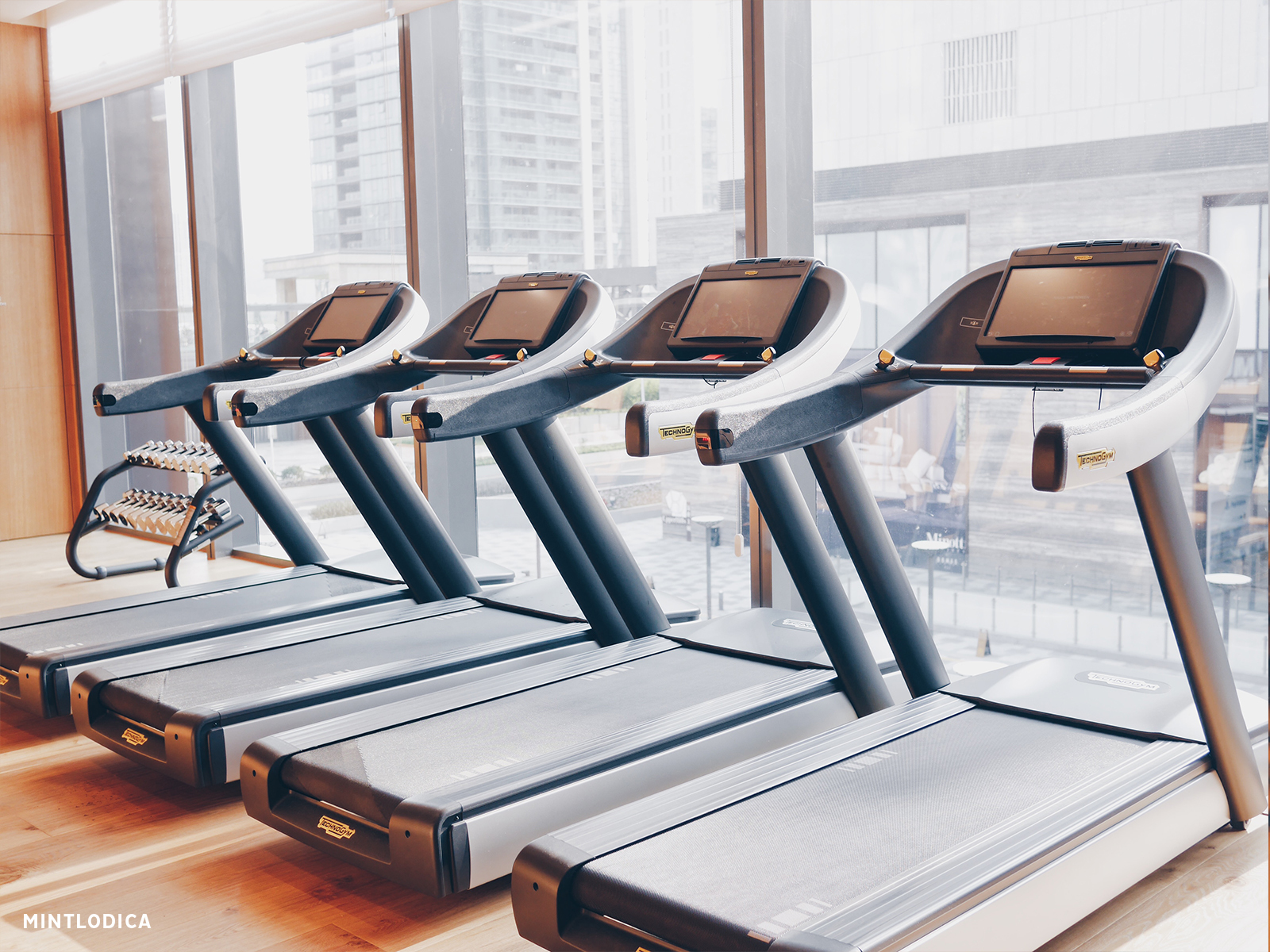
There is a gym with some work out machines, towels, and bottled waters. This is minimal as far as hotel gyms go. No pool, sauna, classes, or staff actively attending the share amenities area.
The Service
Service was all right. The staff was polite during our interactions, but did not go above or beyond unless responding to a request. They did keep my luggage safe the day I checked out and went off to explore Shenzhen, but that is a perk of staying with any hotel.
The Food
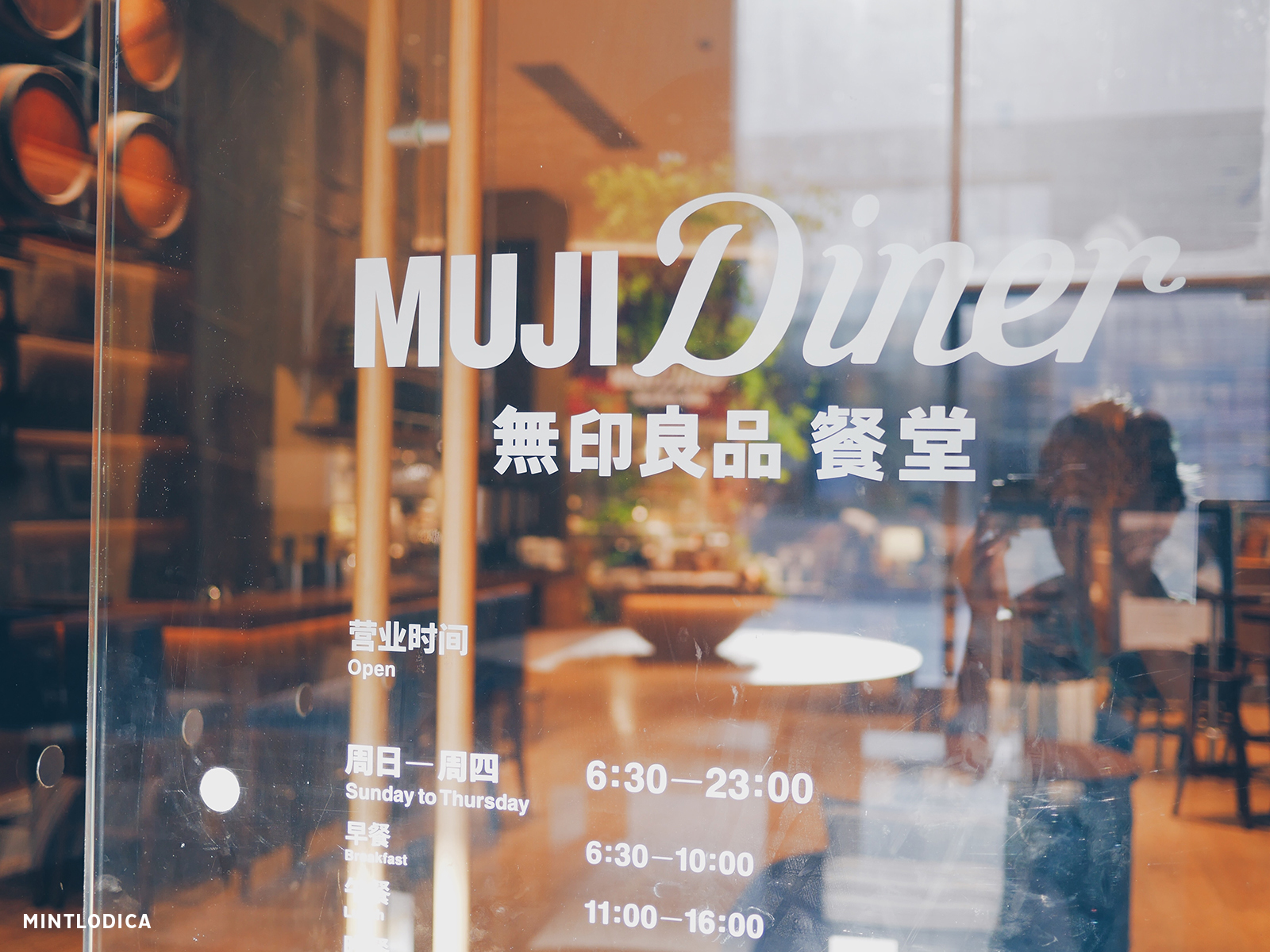
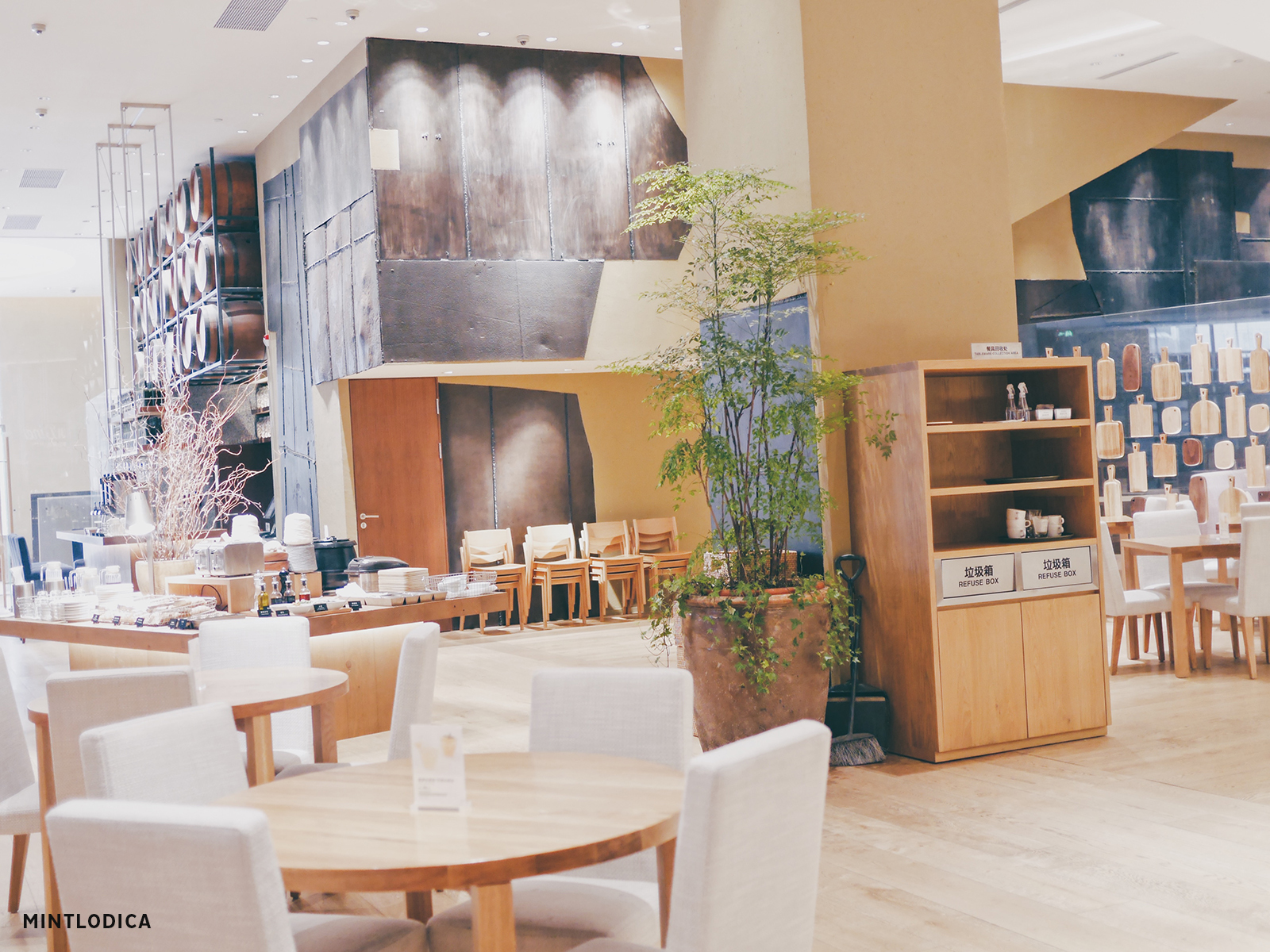
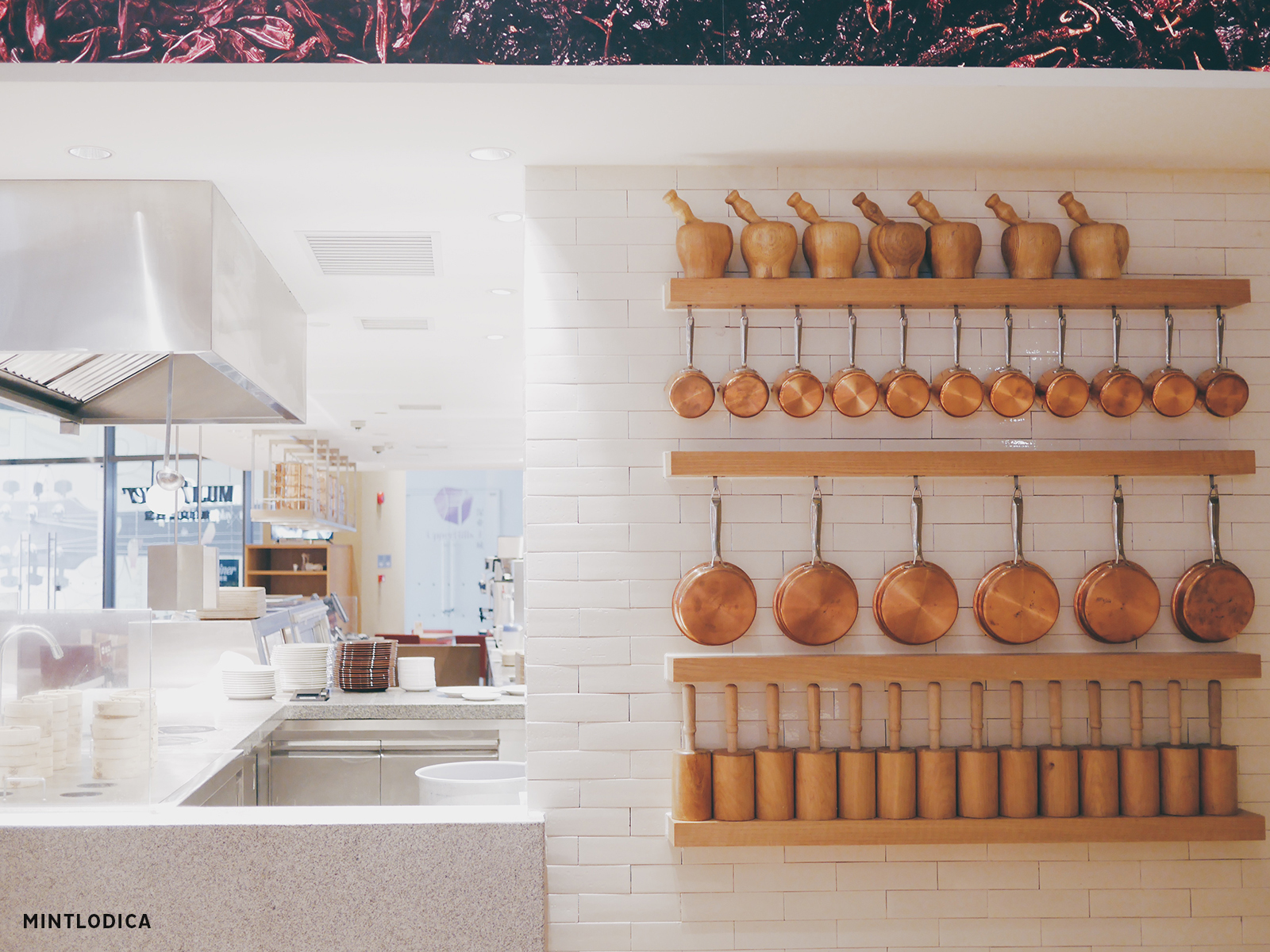
The hotel only has one eatery, the MUJI Diner. It's decorated much like the standalone MUJI Cafes in Asias with beautiful kitchenware objects. The reception area of the diner also has a small library and bar. One side of the diner shares a wall with the store, so there are books on either side.
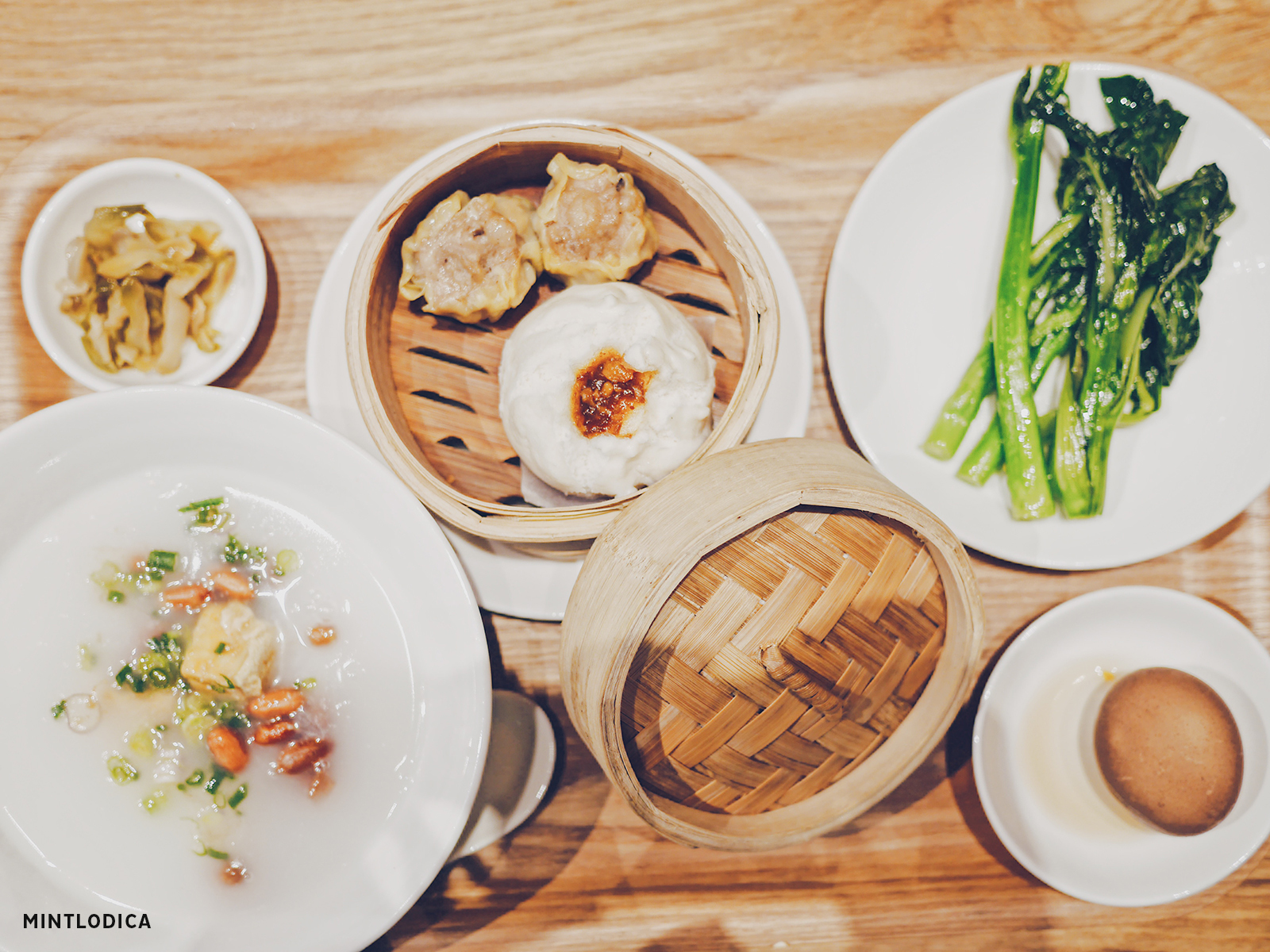
The hours of the diner are 6:30 to 23:00. Breakfast is included with your booking, but you may also have lunch, dinner, and drinks there later in the day. I only had breakfast at the diner. The diner was empty at 8:00 when I showed up and got more packed closer to 9:00. It opens at 6:30 for breakfast. The way it works is that you pick a set breakfast: Chinese, Japanese, or Western. You are limited to 1 set breakfast per morning. There is also a buffet for condiments, rice, curry, miso soup, bread, small pastries, fruits, and drinks. This was unlimited.
The included breakfast is nice and does work in their ethos of providing guests with a grounding stay in the city for their visit. The food was cooked all right, but also was nothing special. It is on the level of what a home cook could make.
The Store
The hotel is attached to a 2 story MUJI store, of course. The store takes up half of the property spanning across the 2nd and 3rd floors. If you didn’t bring a MUJI outfit, you can buy one here for your obligatory photo in front of the sign! There is a Found MUJI section, Idée section, books, PLANTS, and plenty of clothing. Found MUJI is a curated section of MUJI like products not created by company and Idée is their more colorful sister brand inspired by nature.
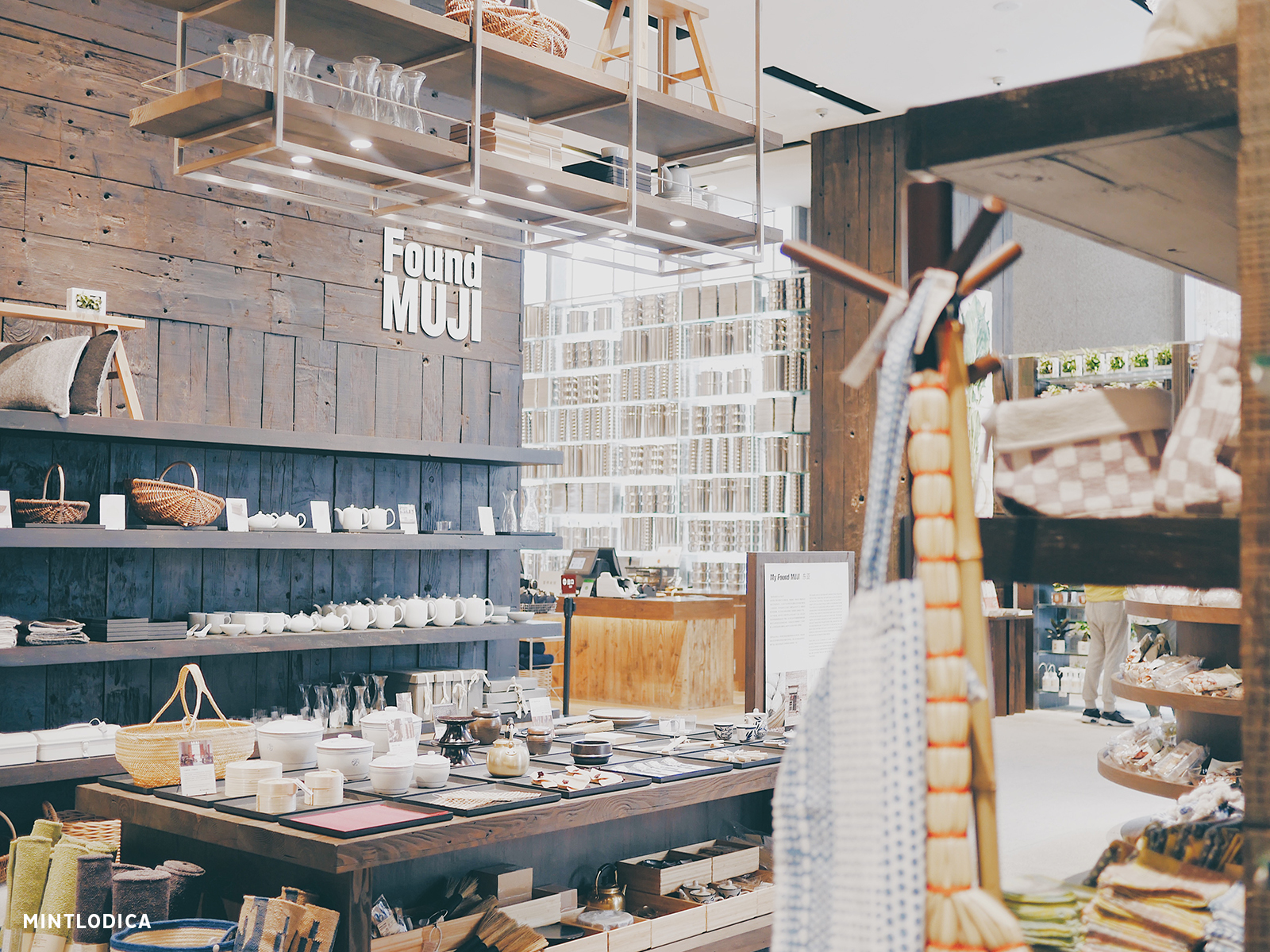
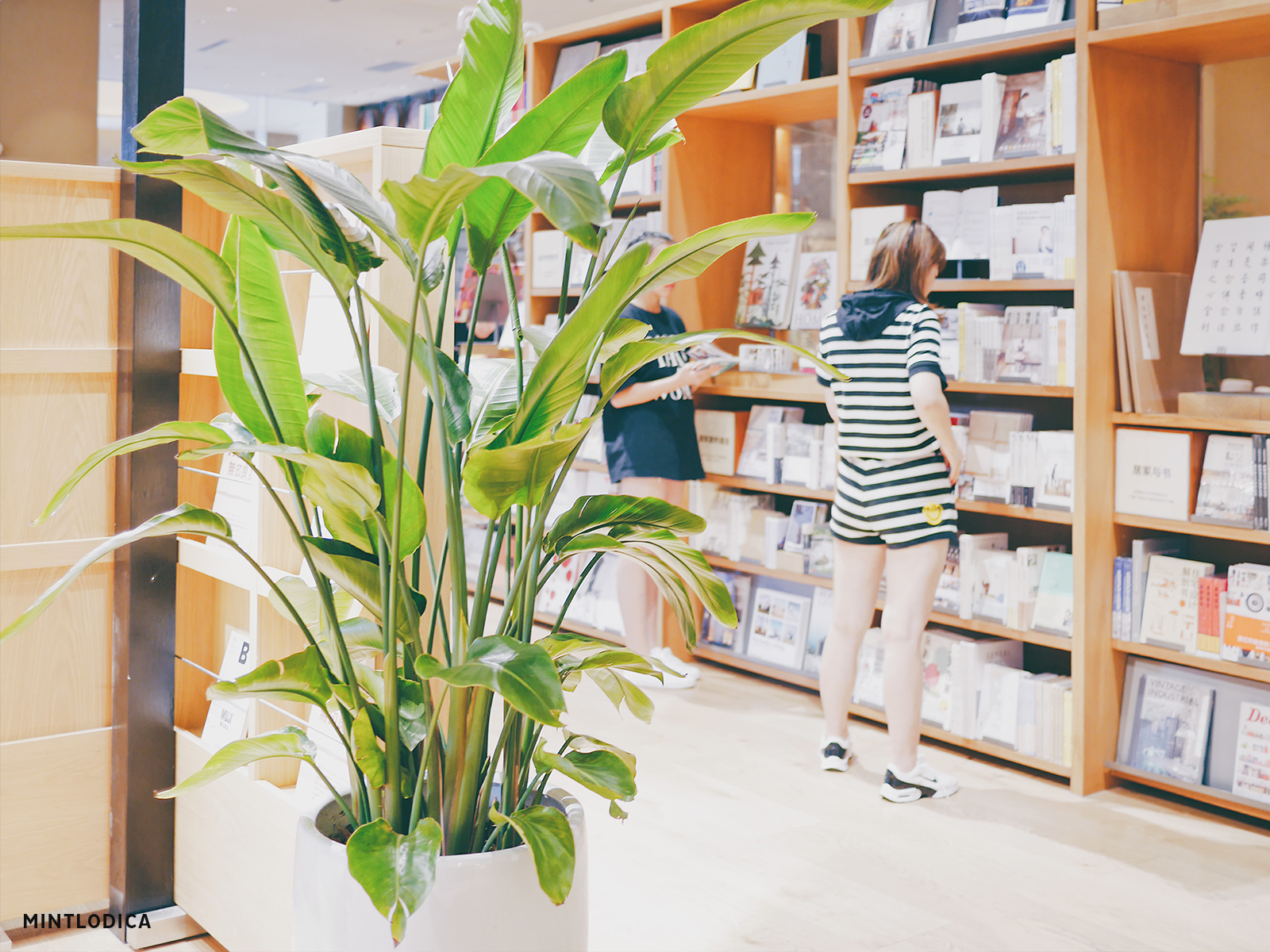
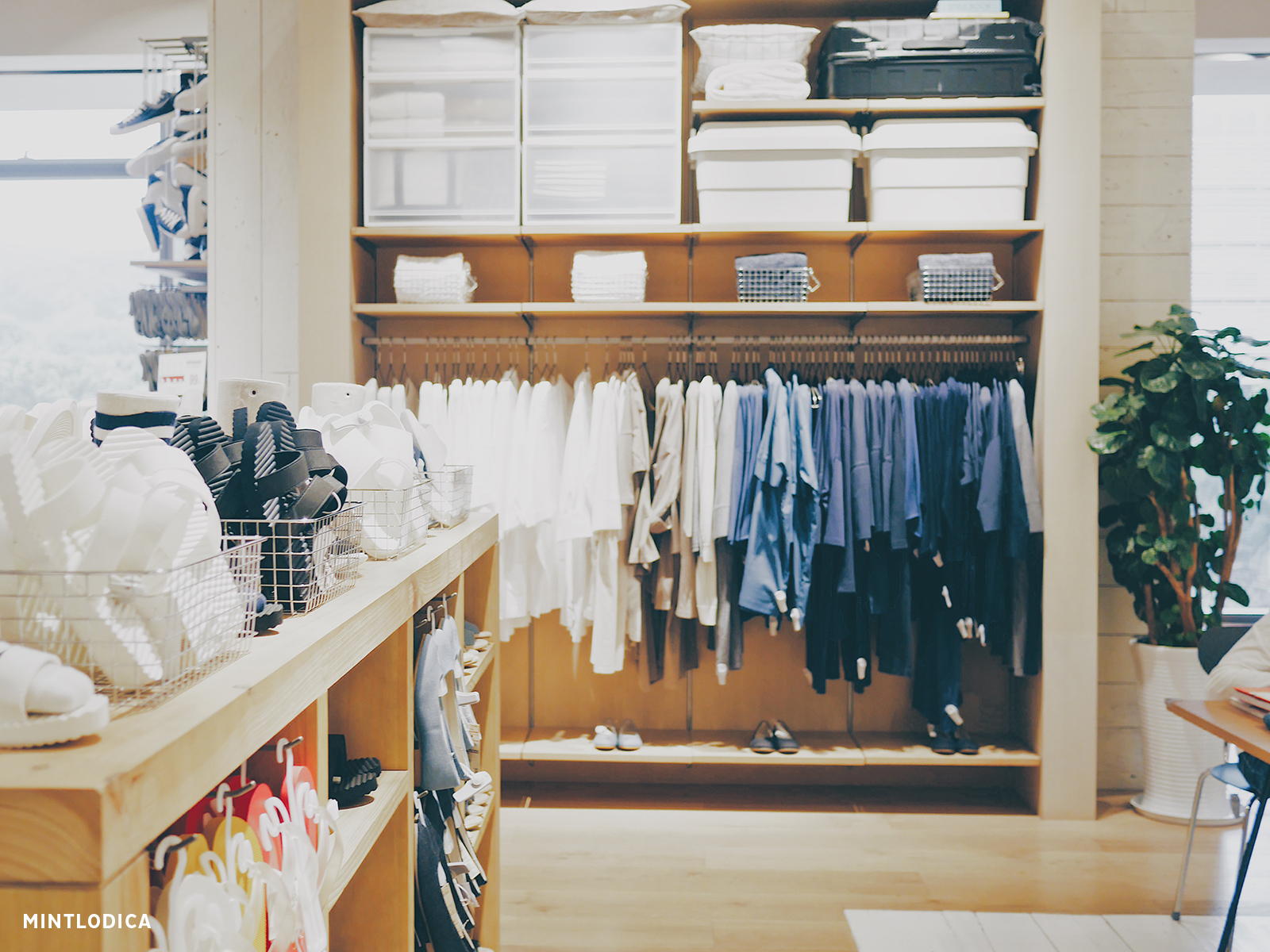
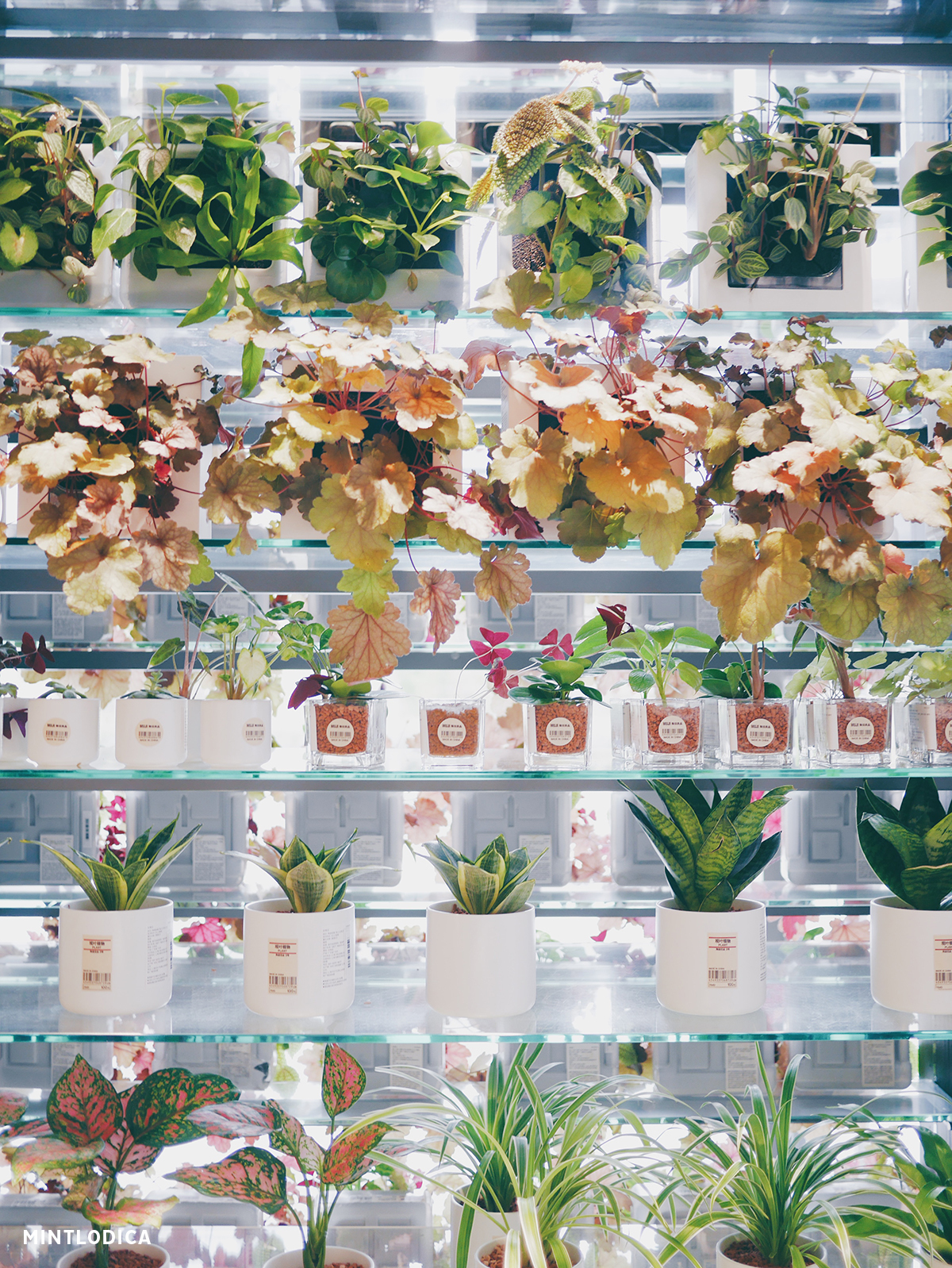
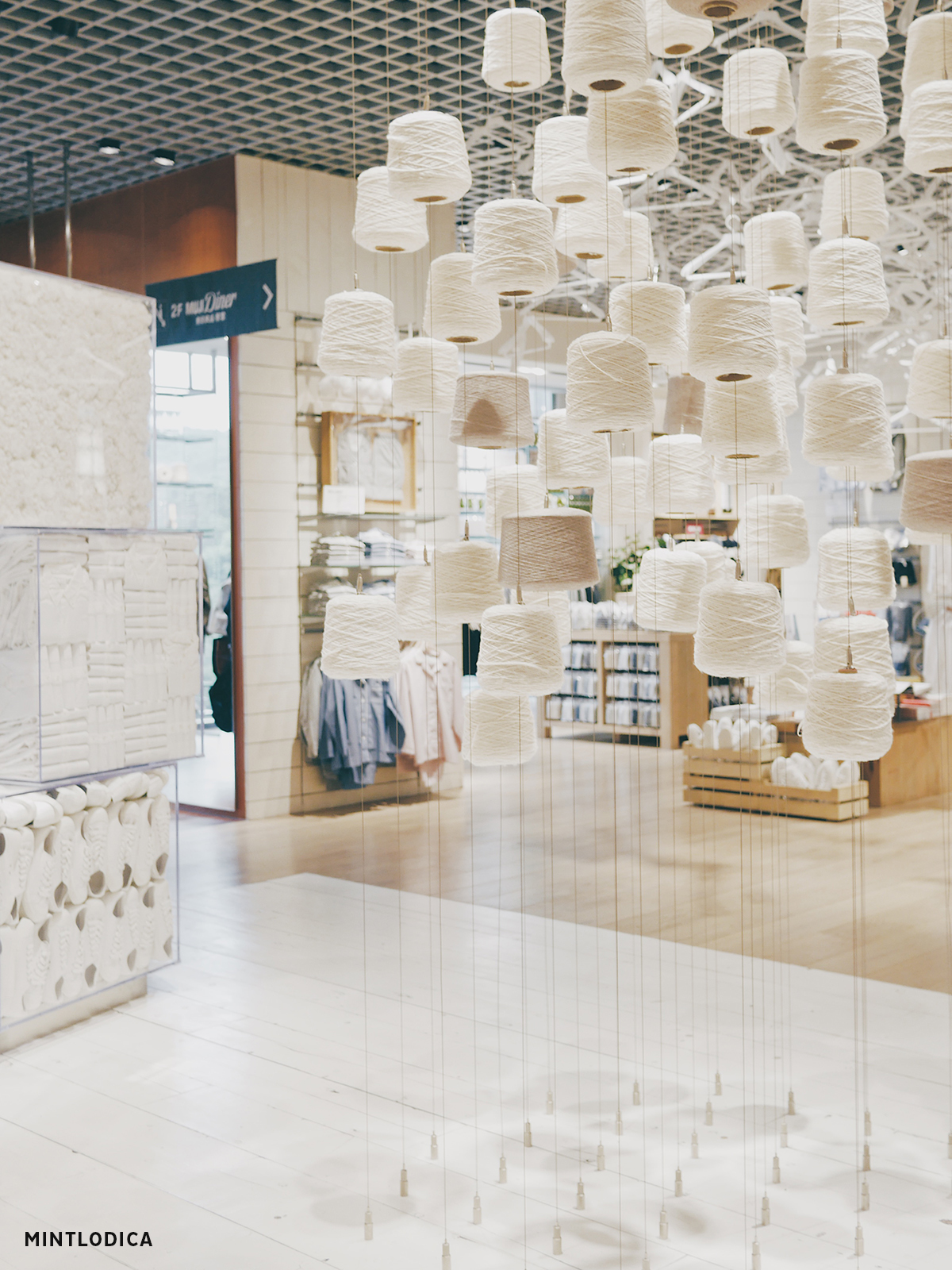
Depending on your trip’s itinerary, I would look up prices across different countries for MUJI. I made the mistake of not doing so and paid more than what I would have in Hong Kong for the same merchandise. All the merchandise found in this store are the same things stocked in MUJI Asia branches.
Take inventory of what you cannot buy at home first! I picked up a pair of shoes, as many planters as I could carry, and pajamas. There are not any exclusive MUJI Hotel store items.
The Neighborhood
The hotel is located in Futian District. Outside of the mall, the area is mostly residential and commercial buildings. You would need to take the metro or a cab to for Shenzhen activities. For example, the famous Huaqiangbei electronics street is 2.5 miles away.
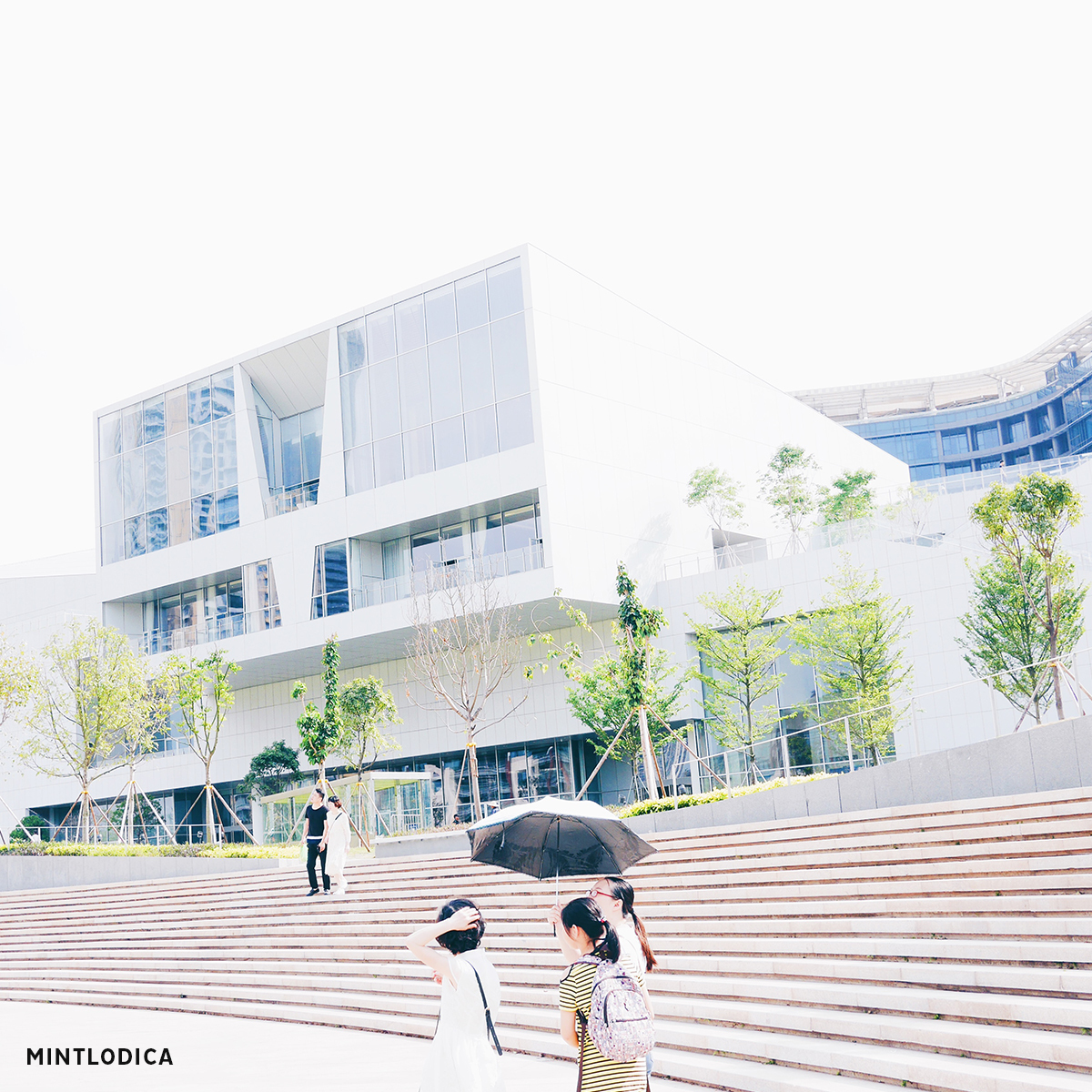
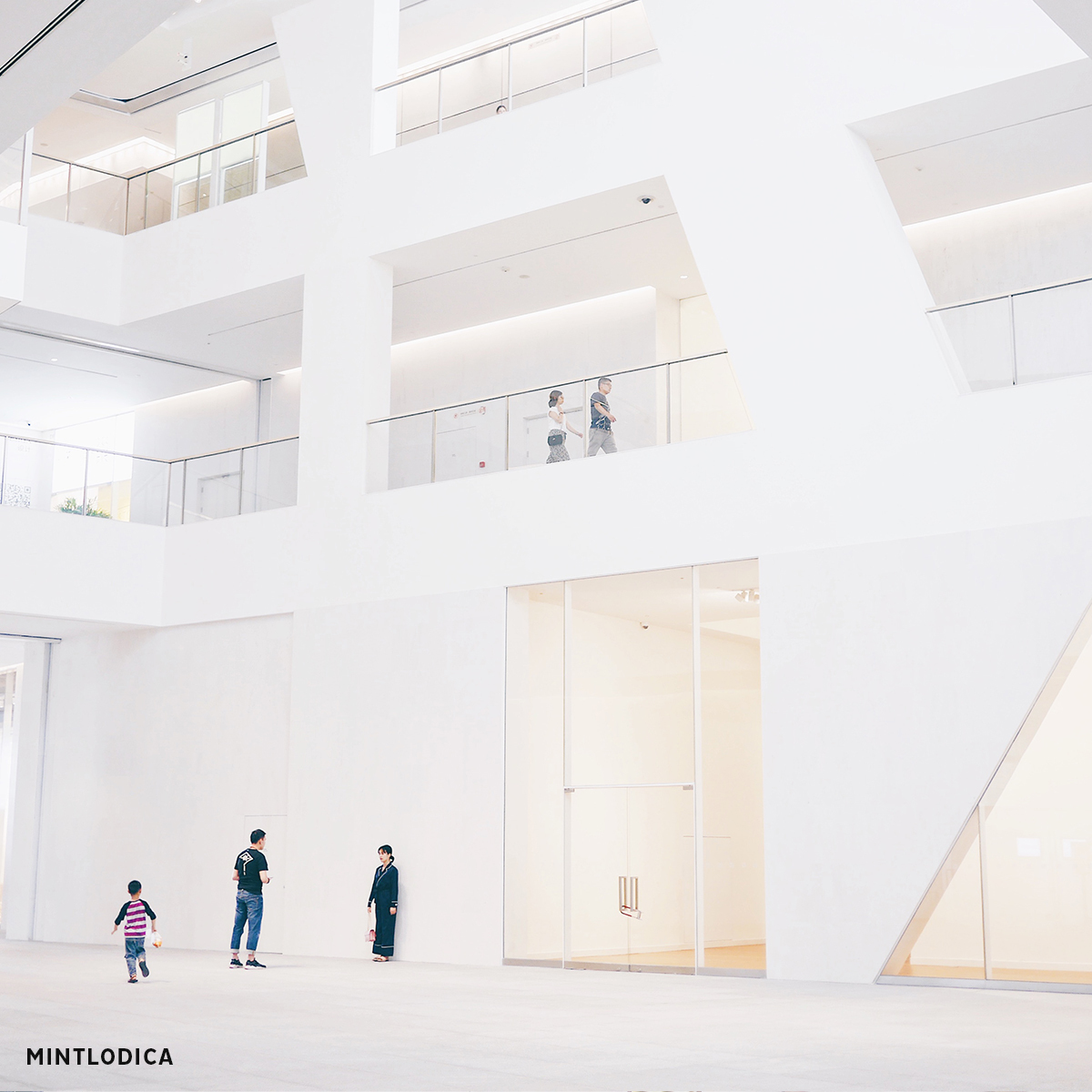
If you are reading this post, I suspect you may be interested in seeing the new Design Society building! It is 4.7 miles away.
Accessibility
The MUJI hotel in Shenzhen is accessible. A driver should be able to drop off guests at the front door and there is an elevator which guests can use to access all floors. Show your driver the address on the website to make sure they can find the hotel.
TL;DR
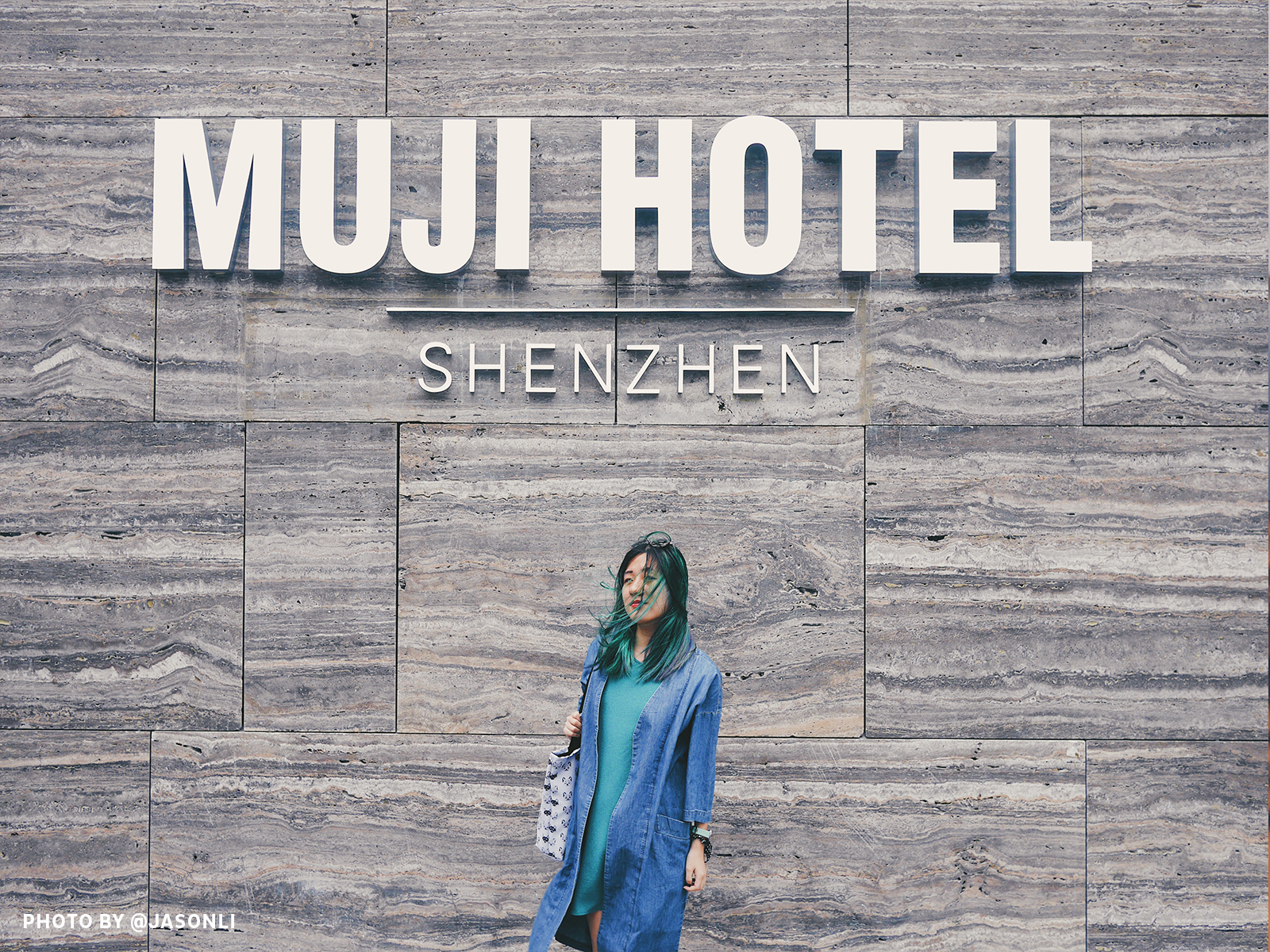
Photo Credit: Jason Li
MUJI fans will definitely enjoy their stay here, despite my nitpicks about the bathrooms and the breakfast. It’s the closest a fan can get to living in a store. The prefab homes and huts are quite the pretty penny, and only available in Japan after all.
MUJI curious can stay at the hotel to try out a good portion of their products before committing to the just enough no brand lifestyle. One night would be enough to get a sense!
I would not recommend staying here if you’re not at least curious about MUJI. For a few more dollars, you can find alternative accommodations in Shenzhen that have the usual hotel amenities MUJI has edited away. I was personally over the moon and didn’t want to check out of the hotel after my stay. However, you’ll have to consider that I have friends who use the scale of “from 0 to Mintlodica, how much are you a MUJI nerd?” and on this scale, I max out.
I hope you enjoyed this guest post! Thanks Sabrina for having me on The InnBox. Thank you reader, and be well.
If you found this review helpful, please let the MUJI Hotel know when you book!
Book your stay @ MUJI HotelAbout Mintlodica
Mintlodica is Susan’s creative studio. Check out her studio’s Twitter and Instagram. If you are looking for art for your walls, check out her art prints shop! She also offers shiba inu pixel art apparel and has a limited edition enamel pin up for grabs.
